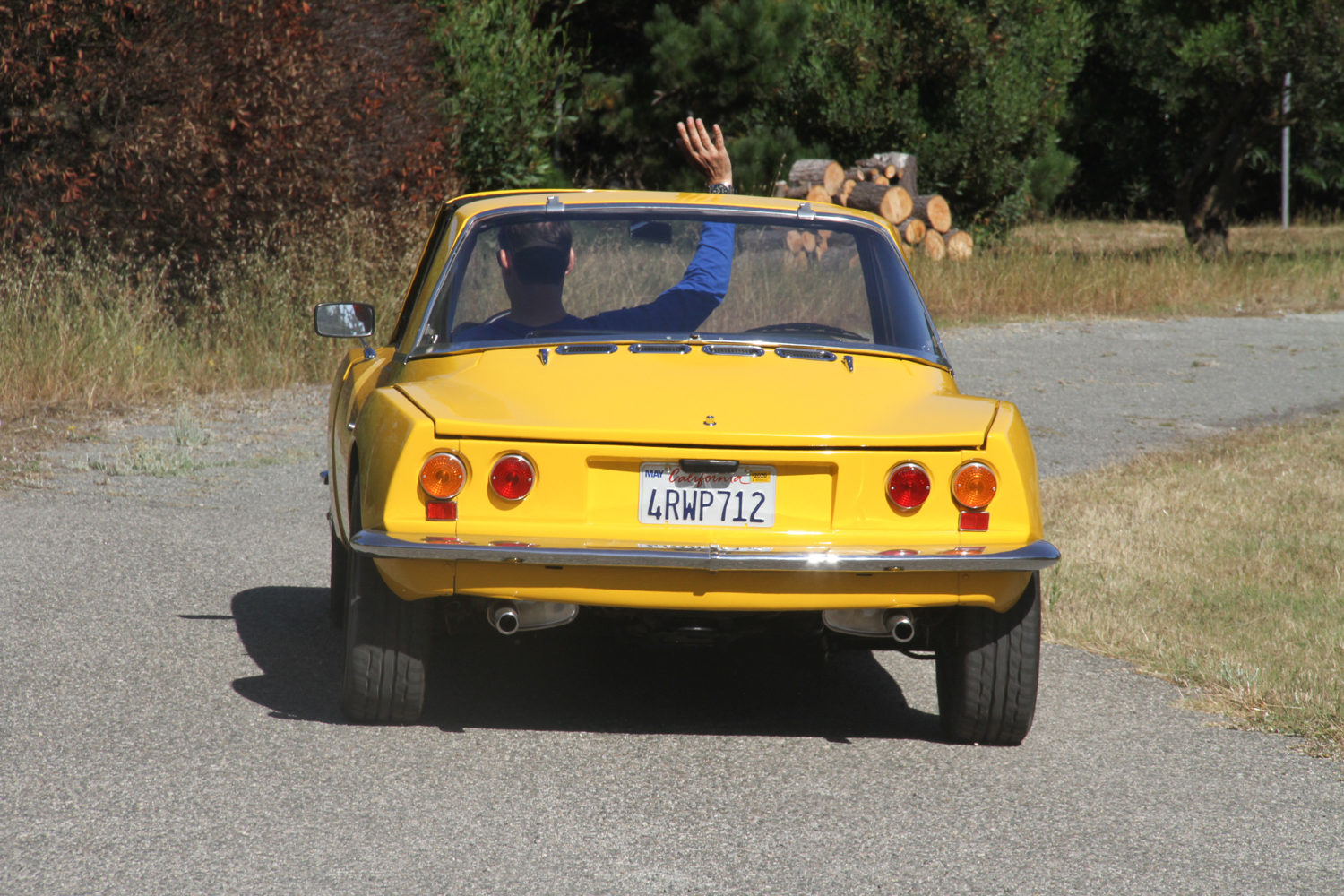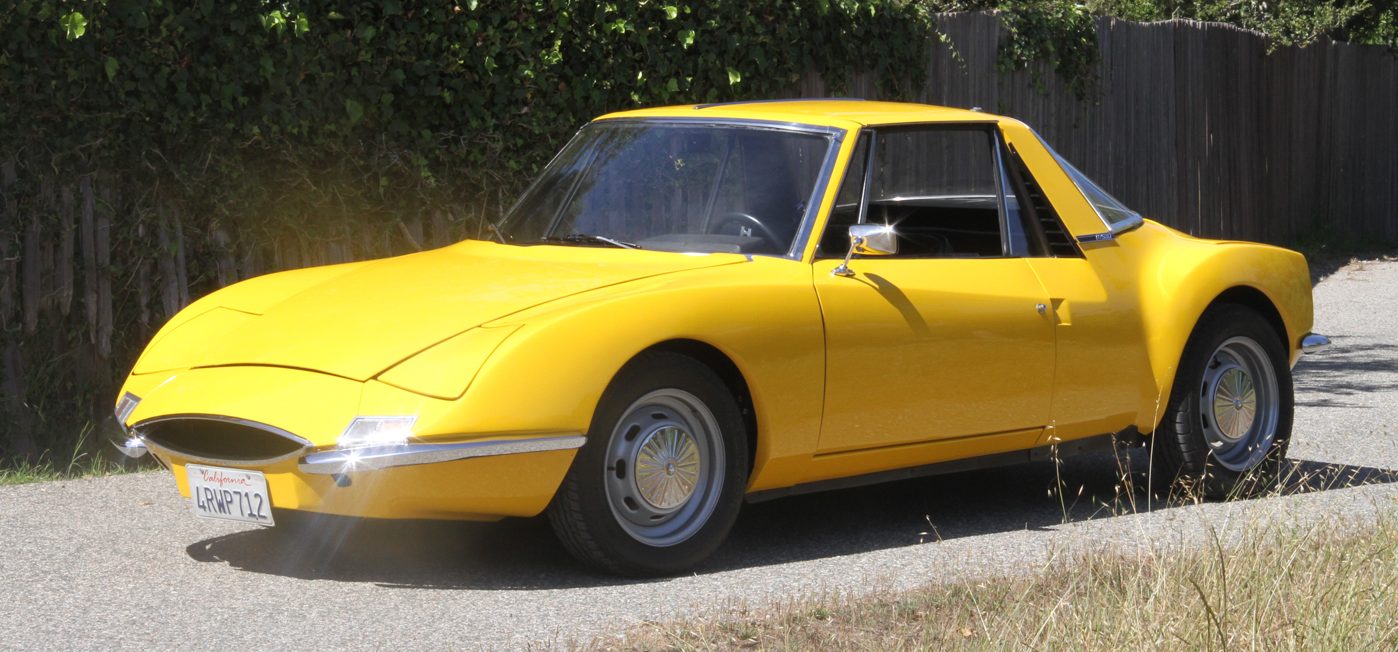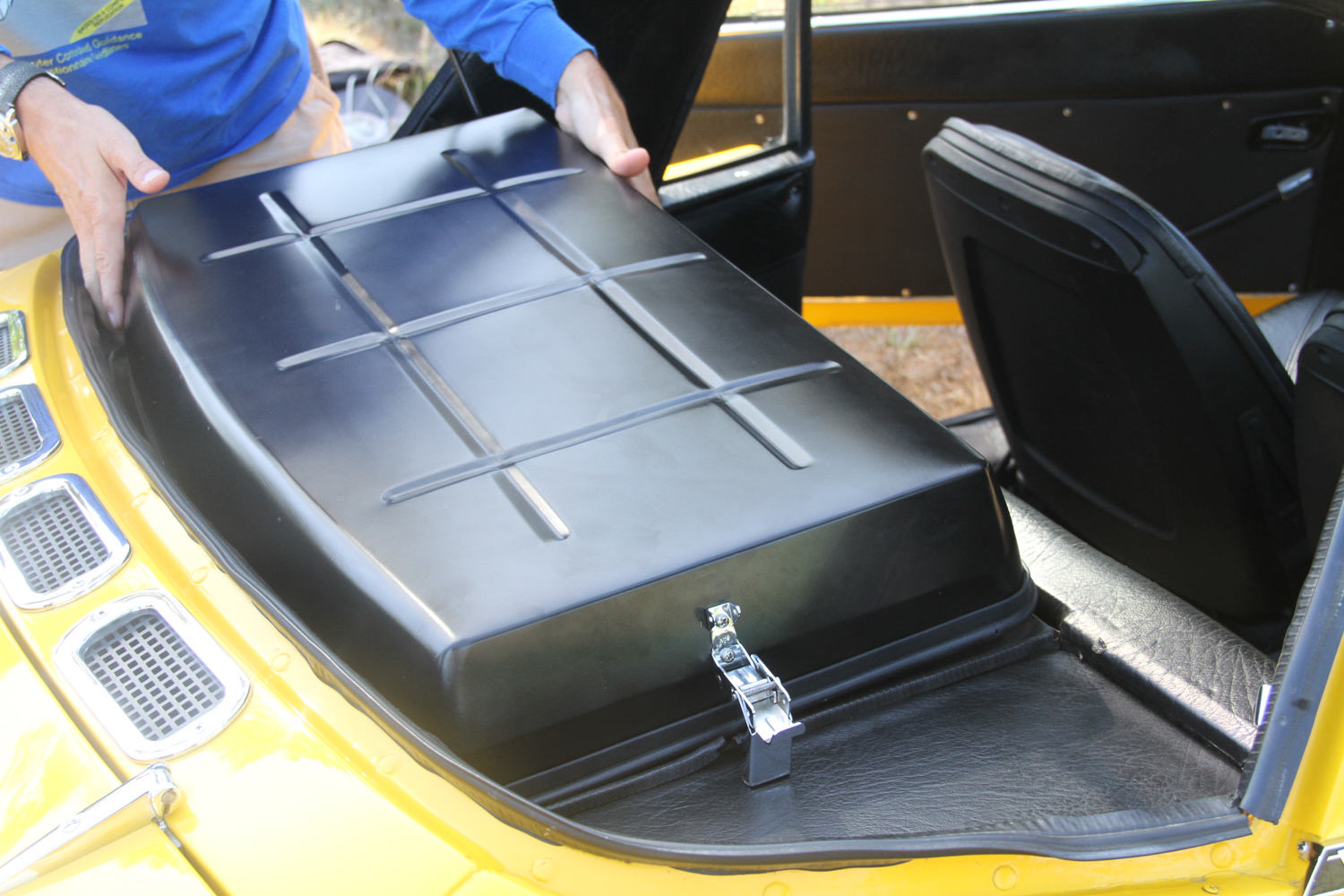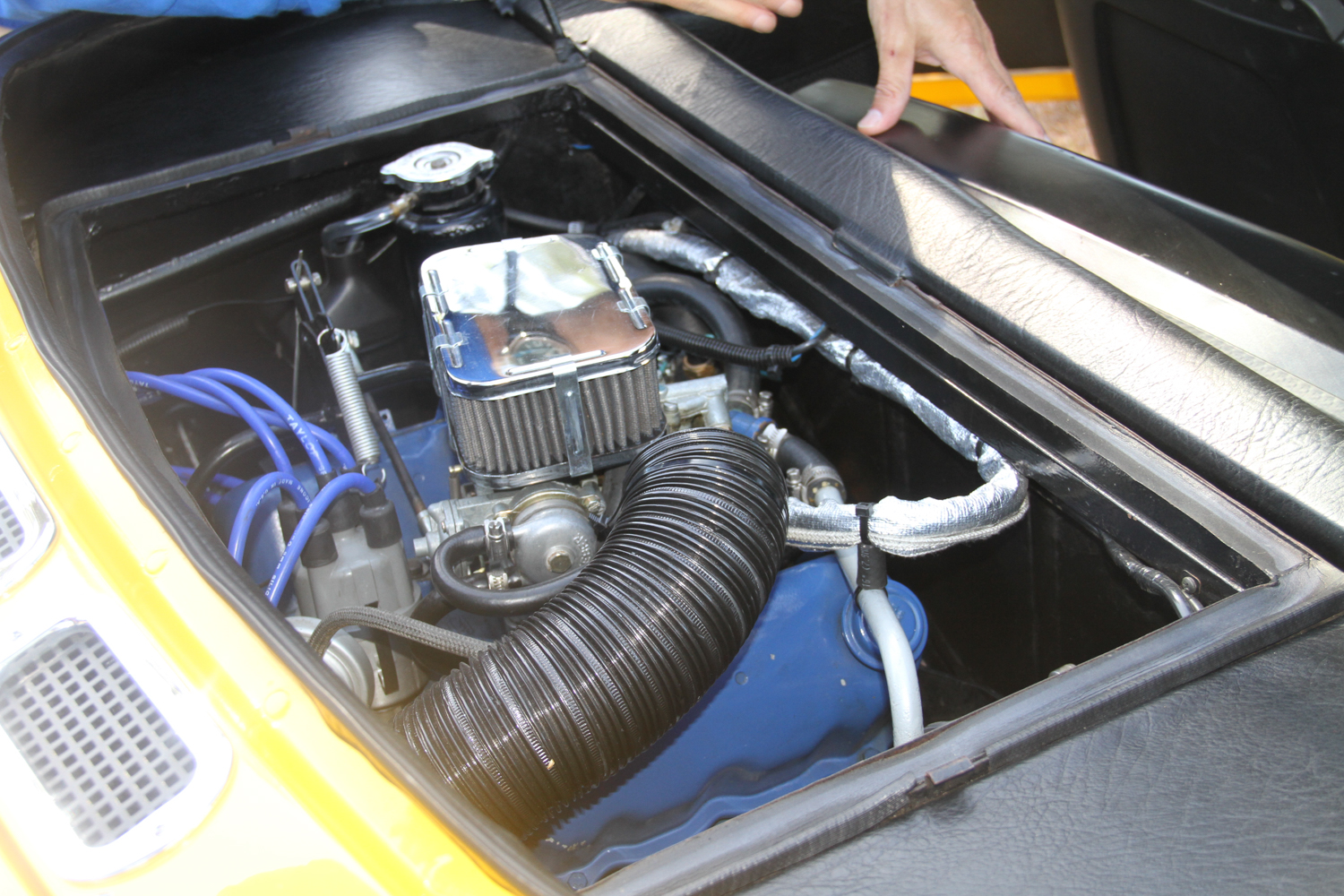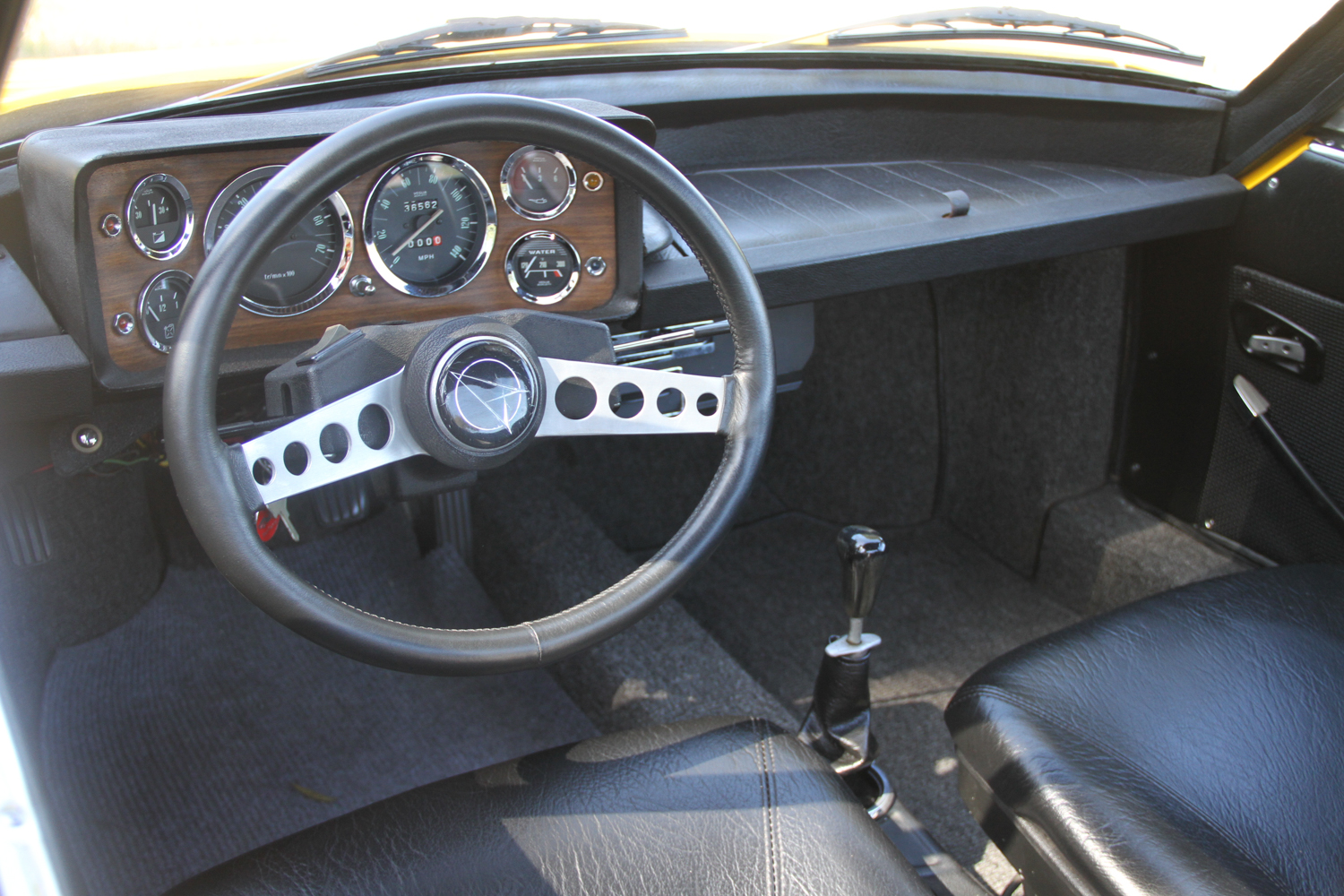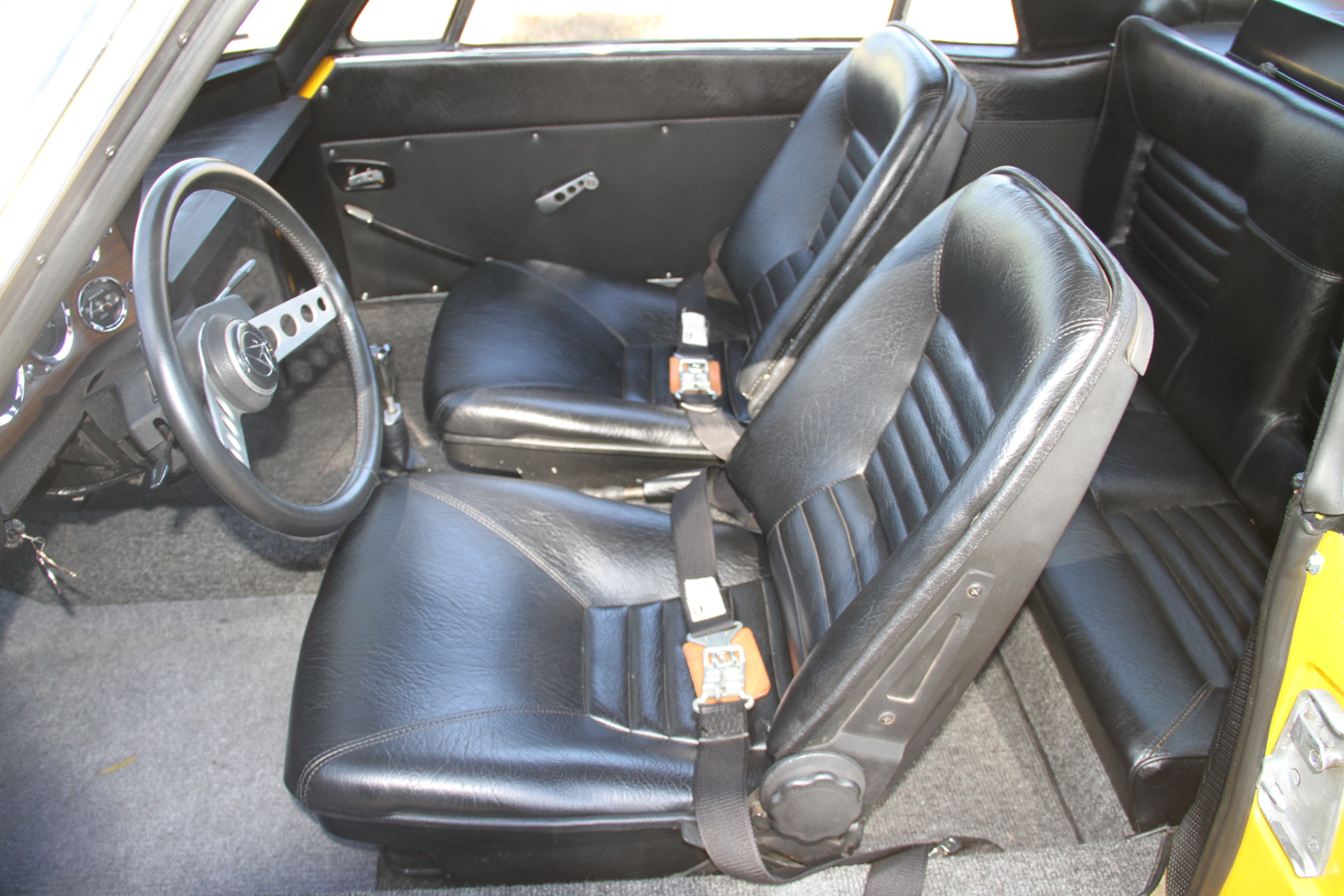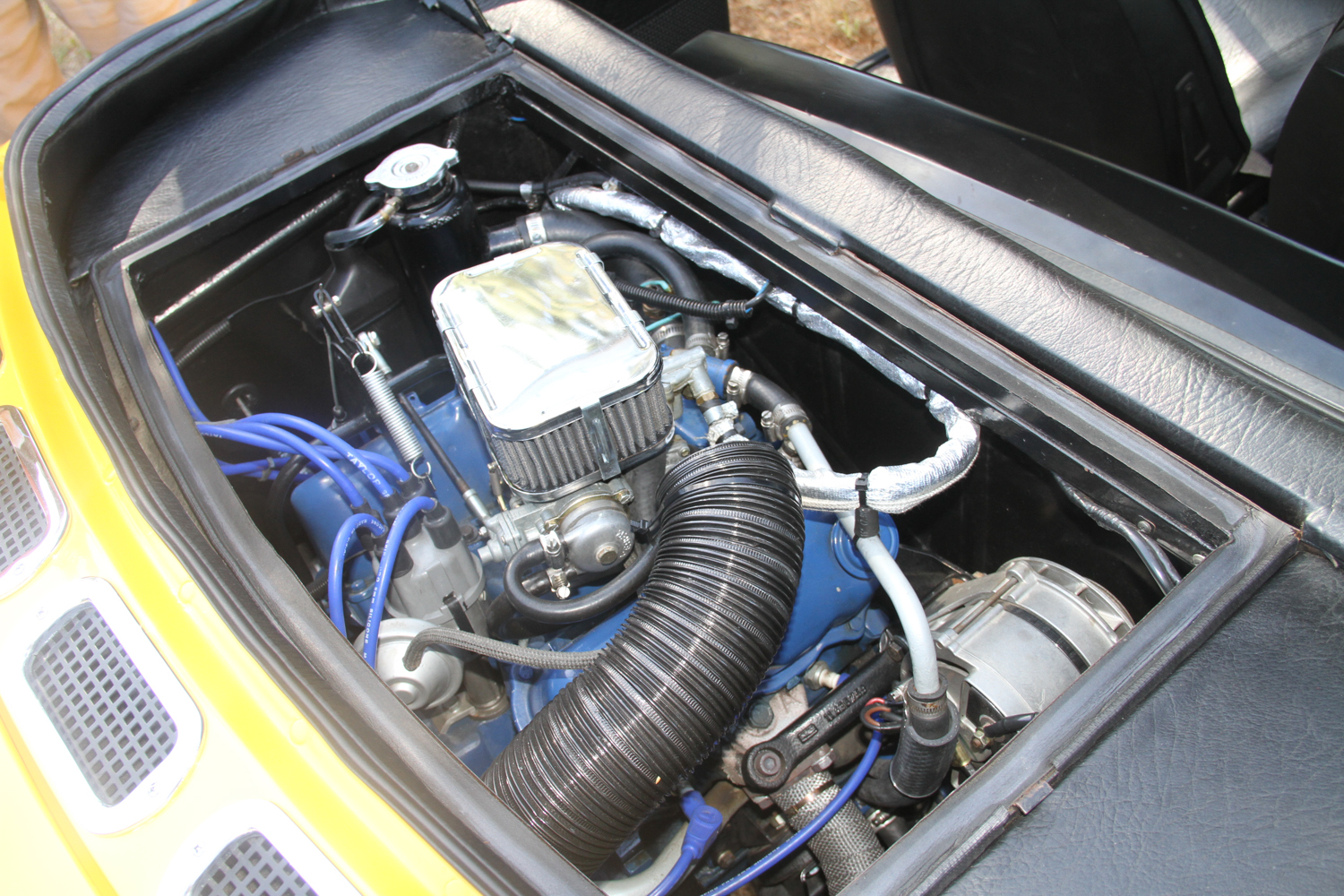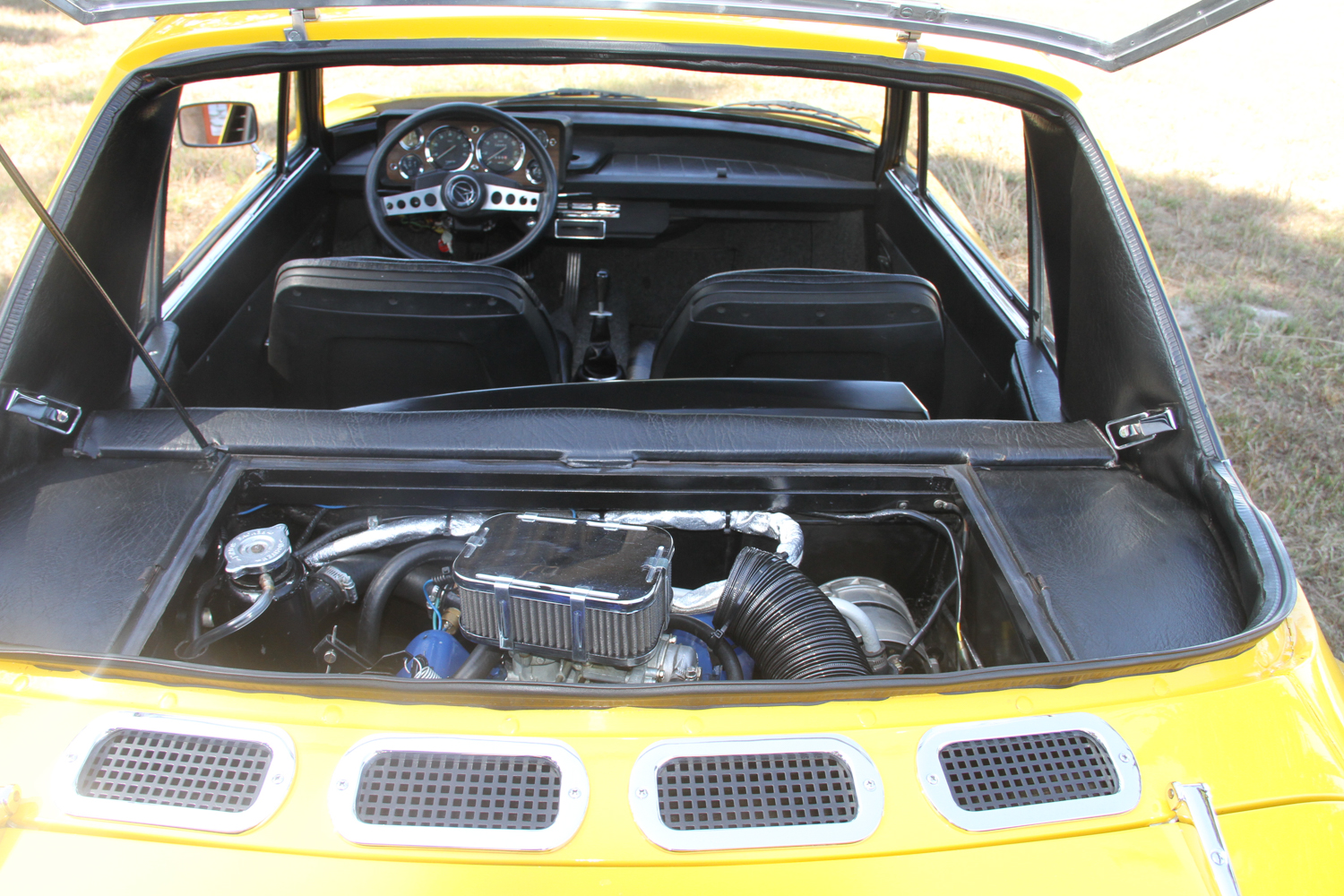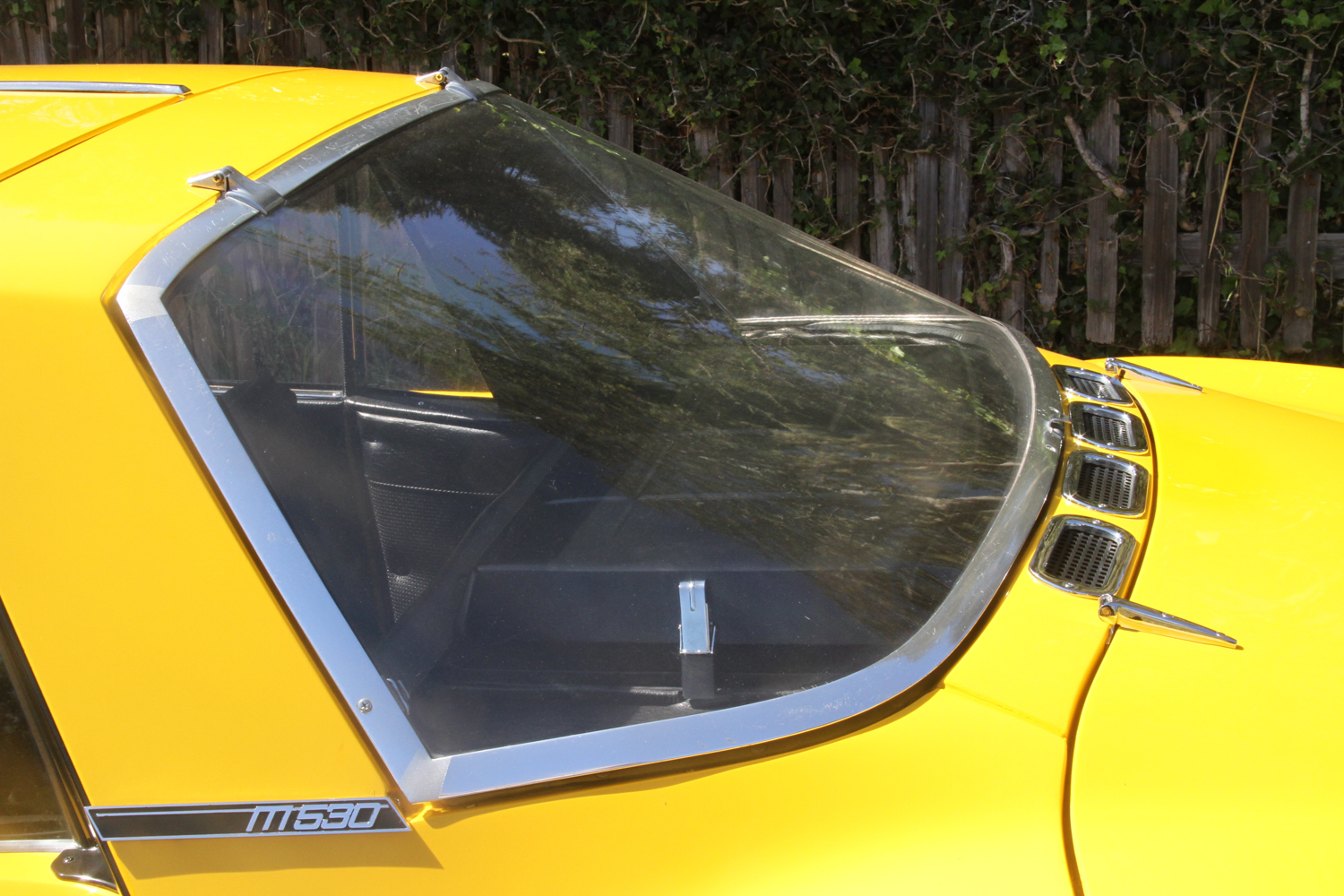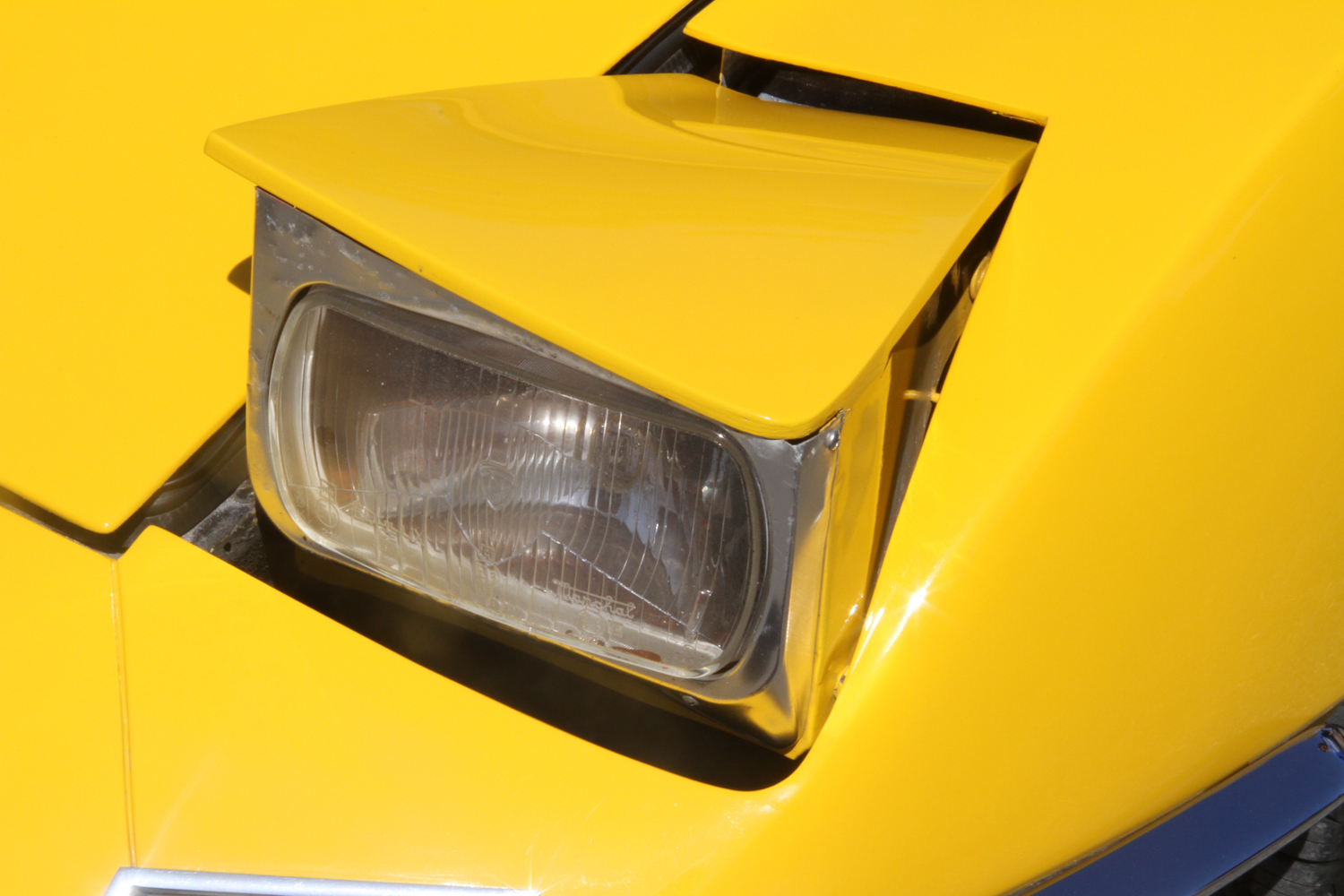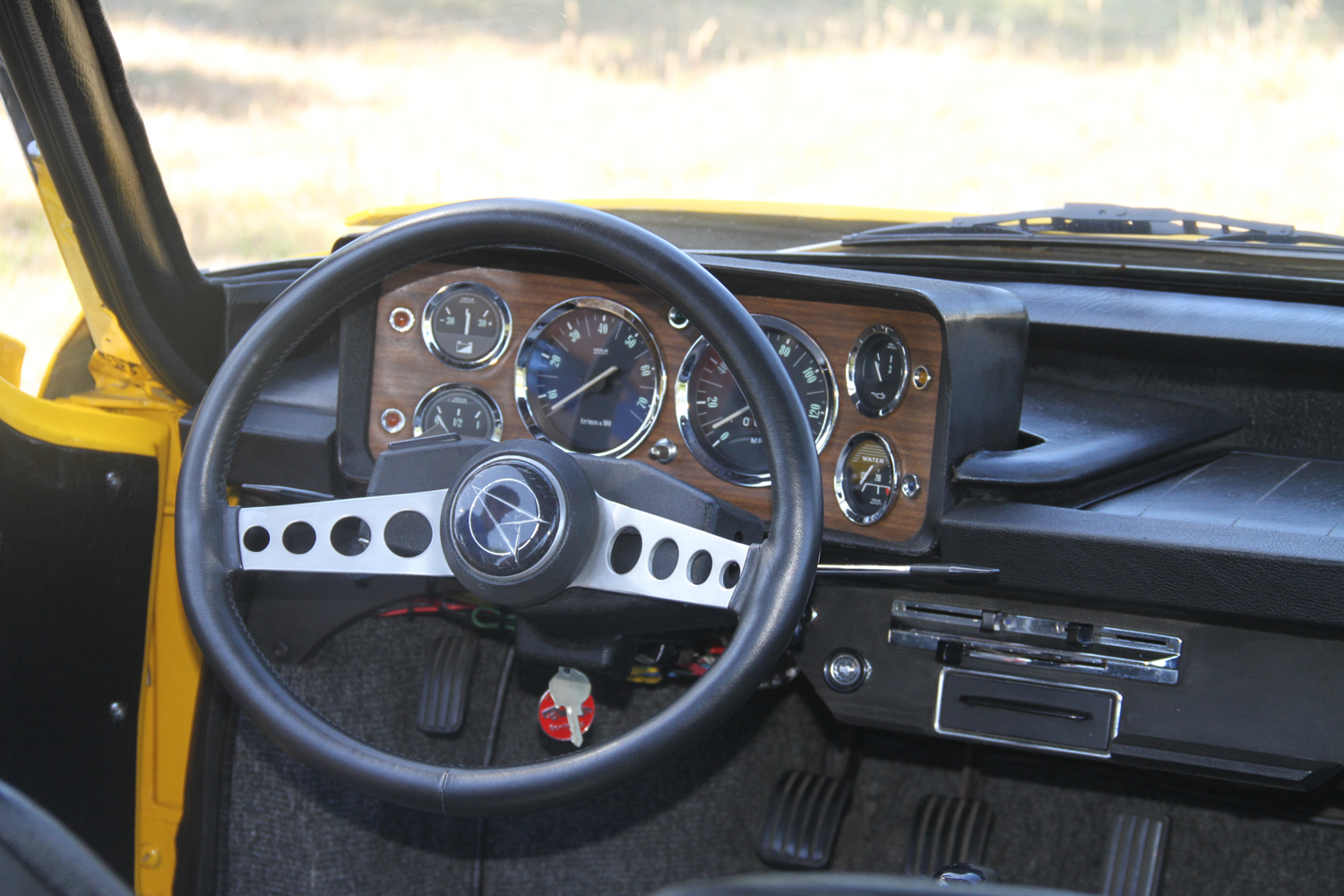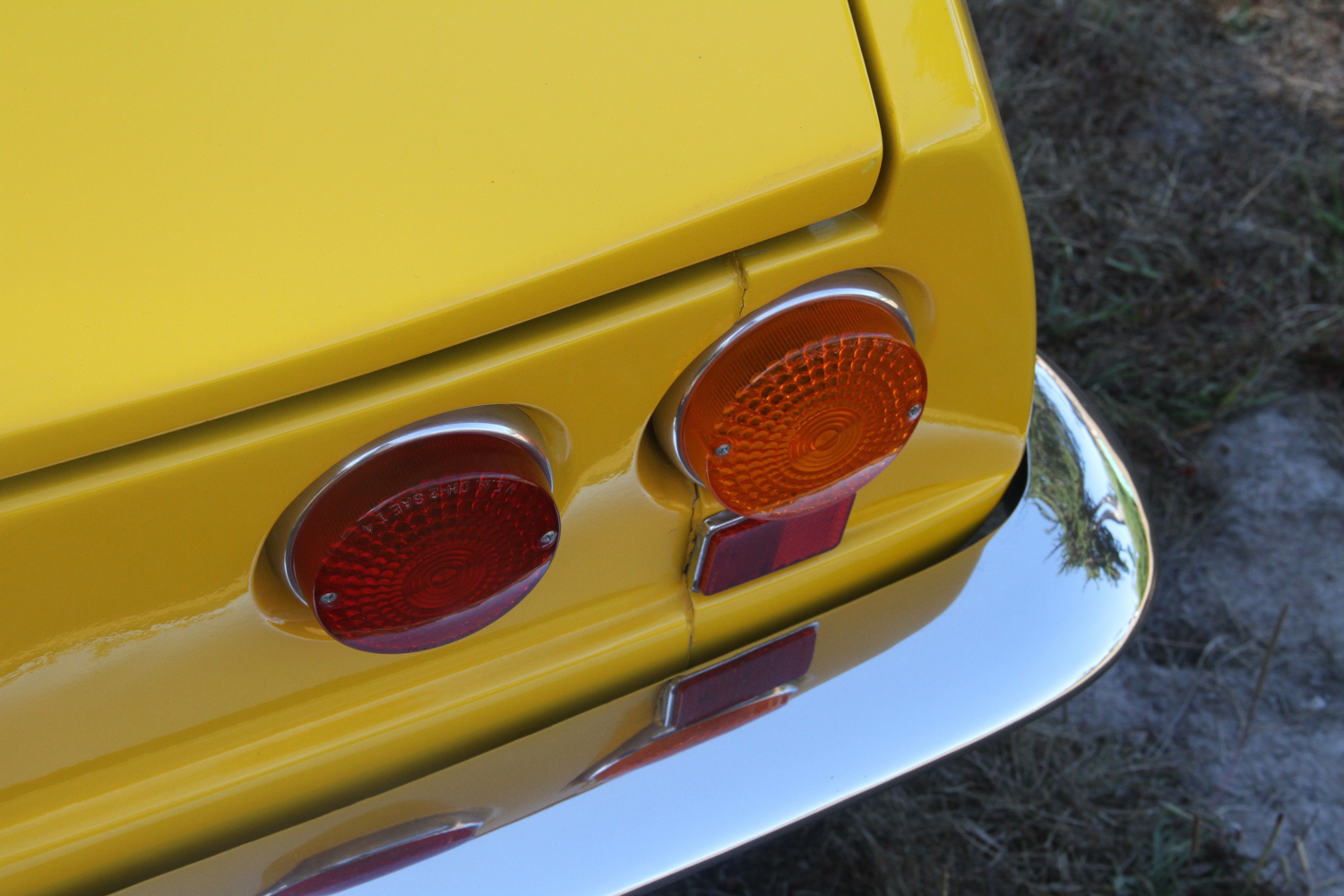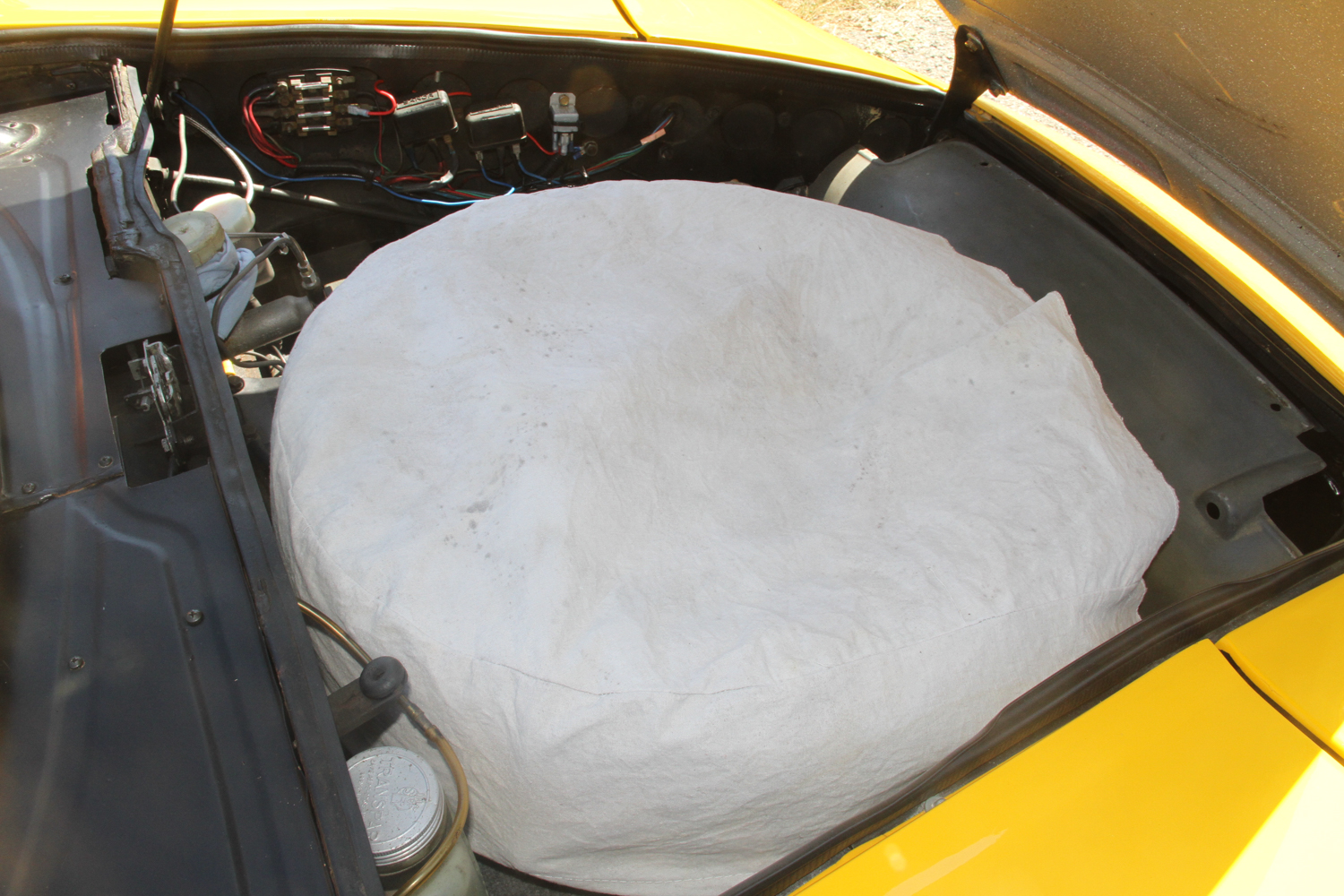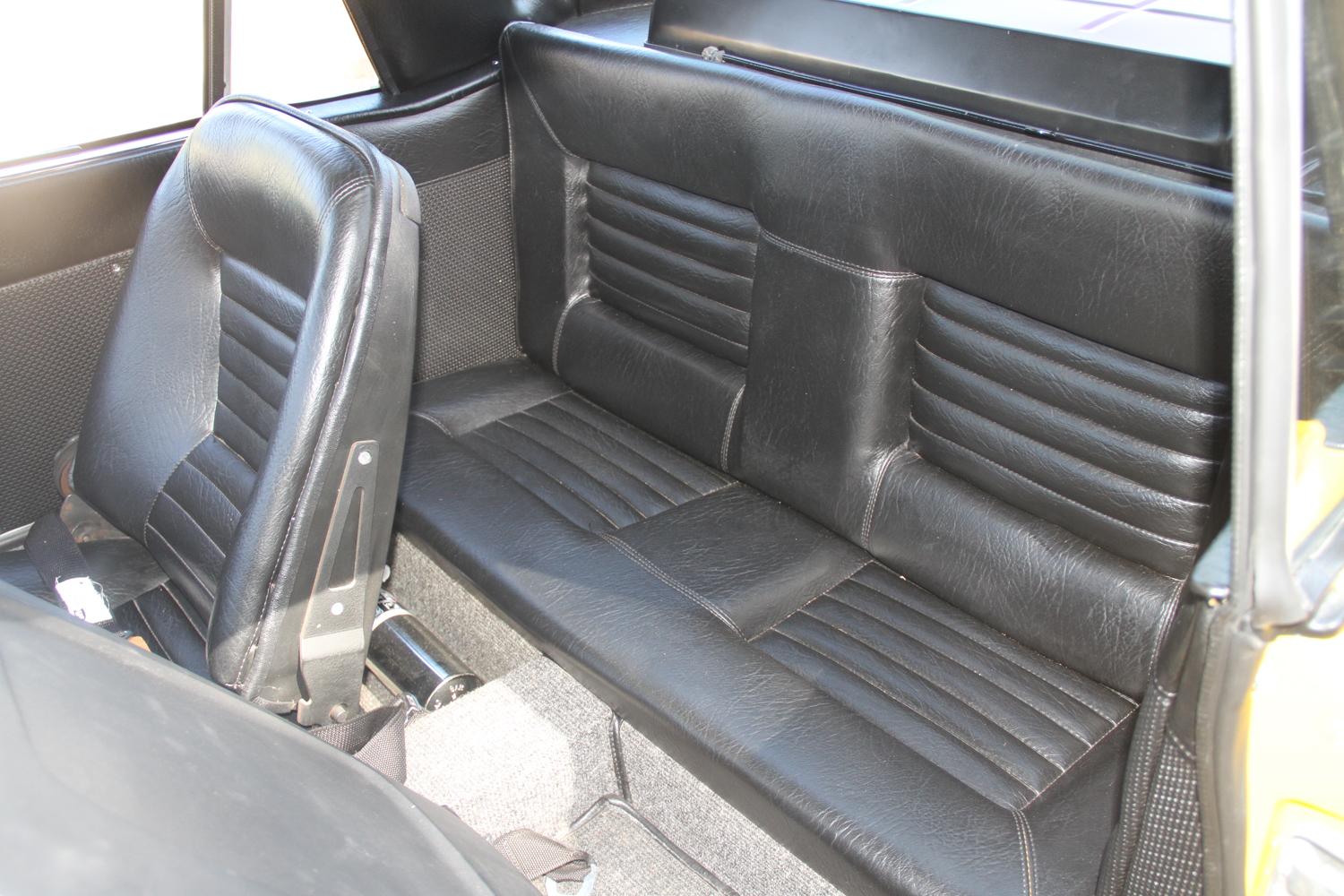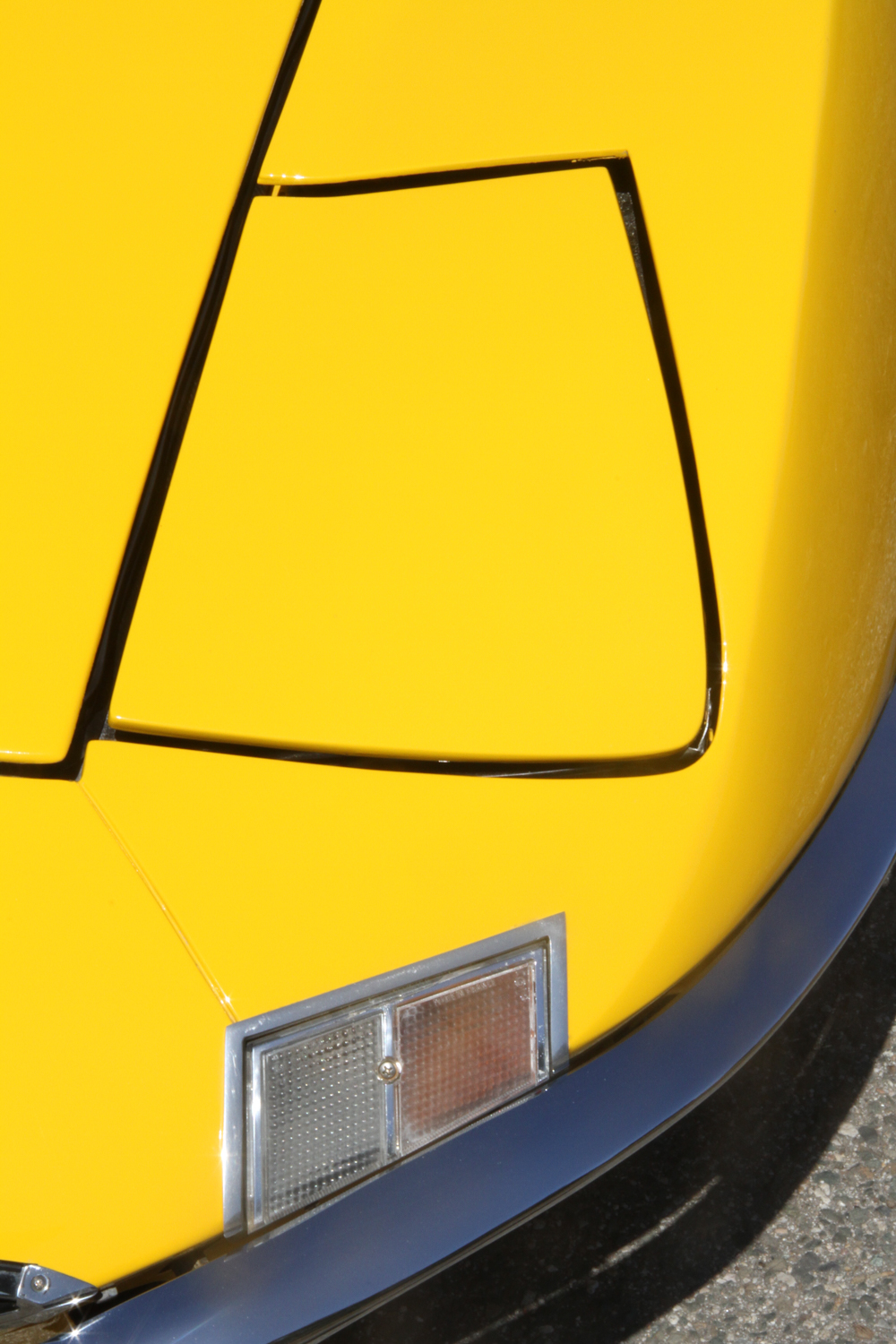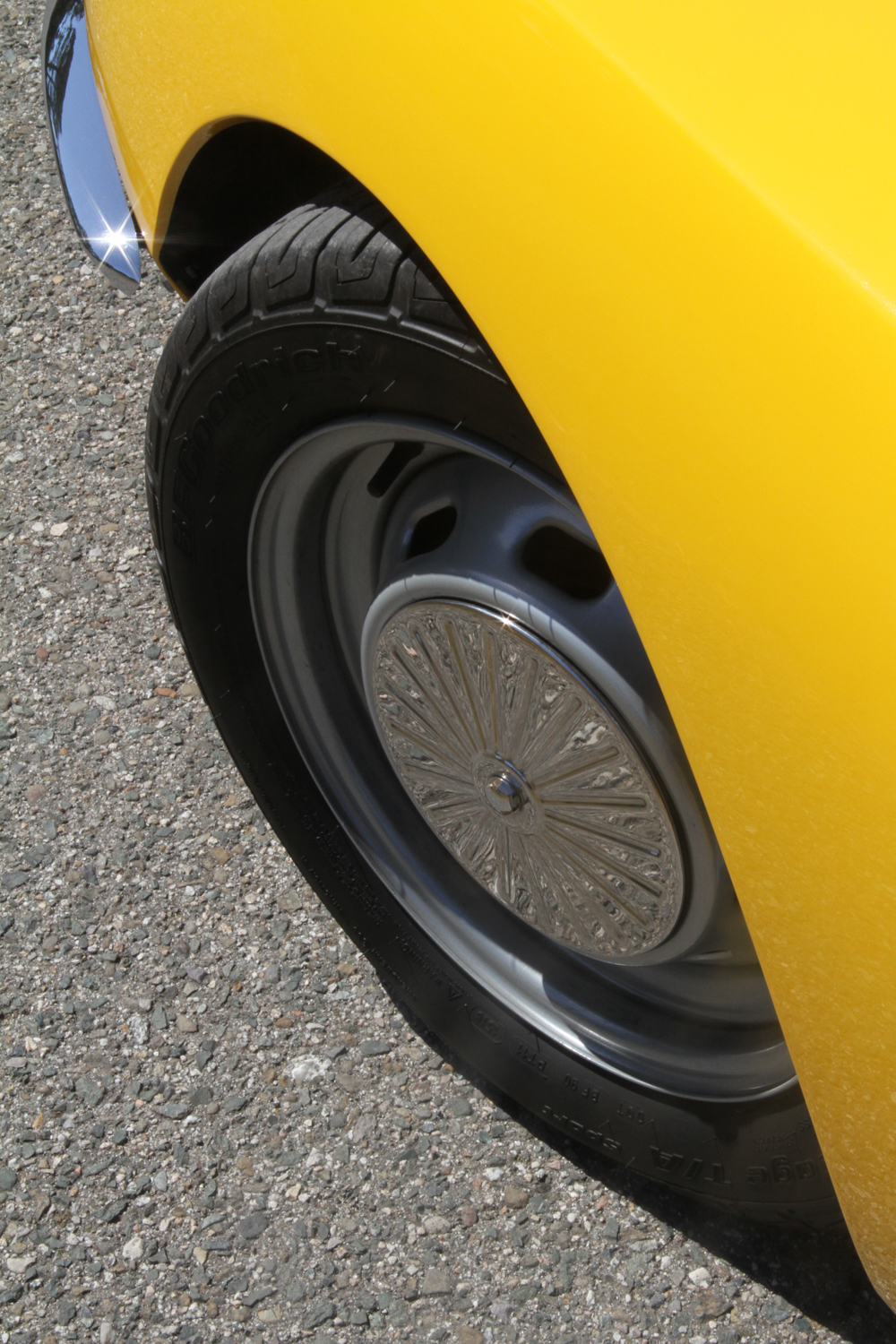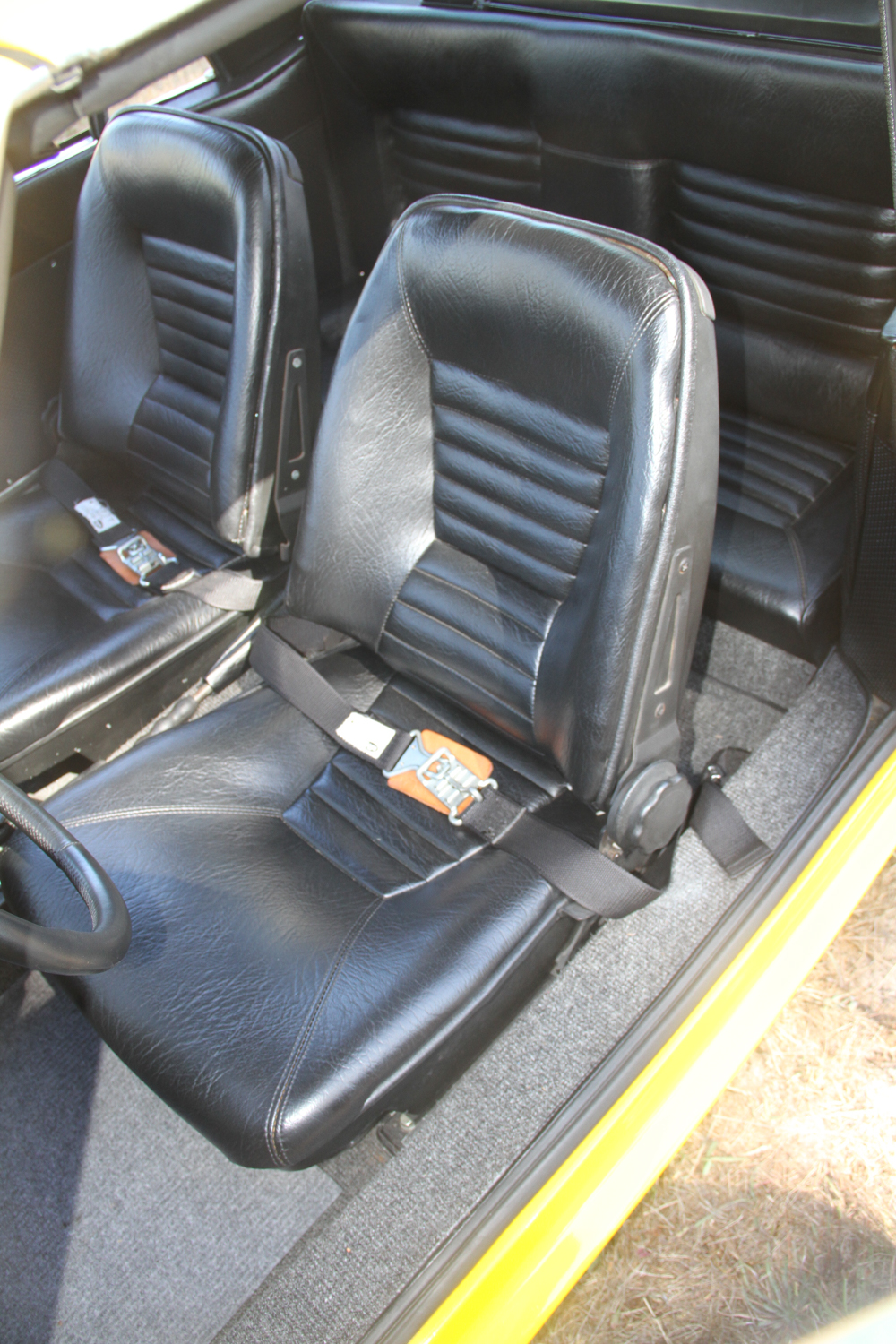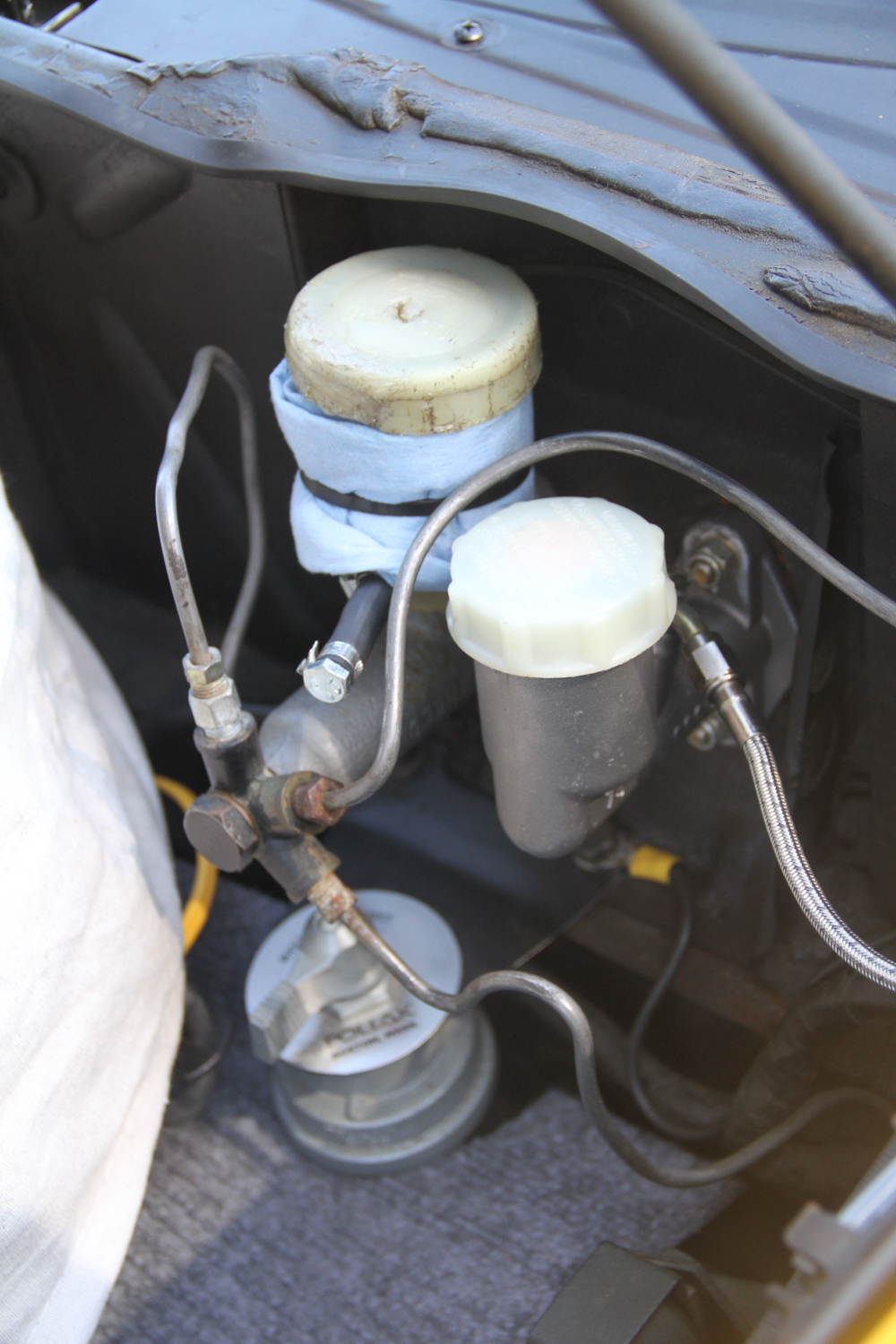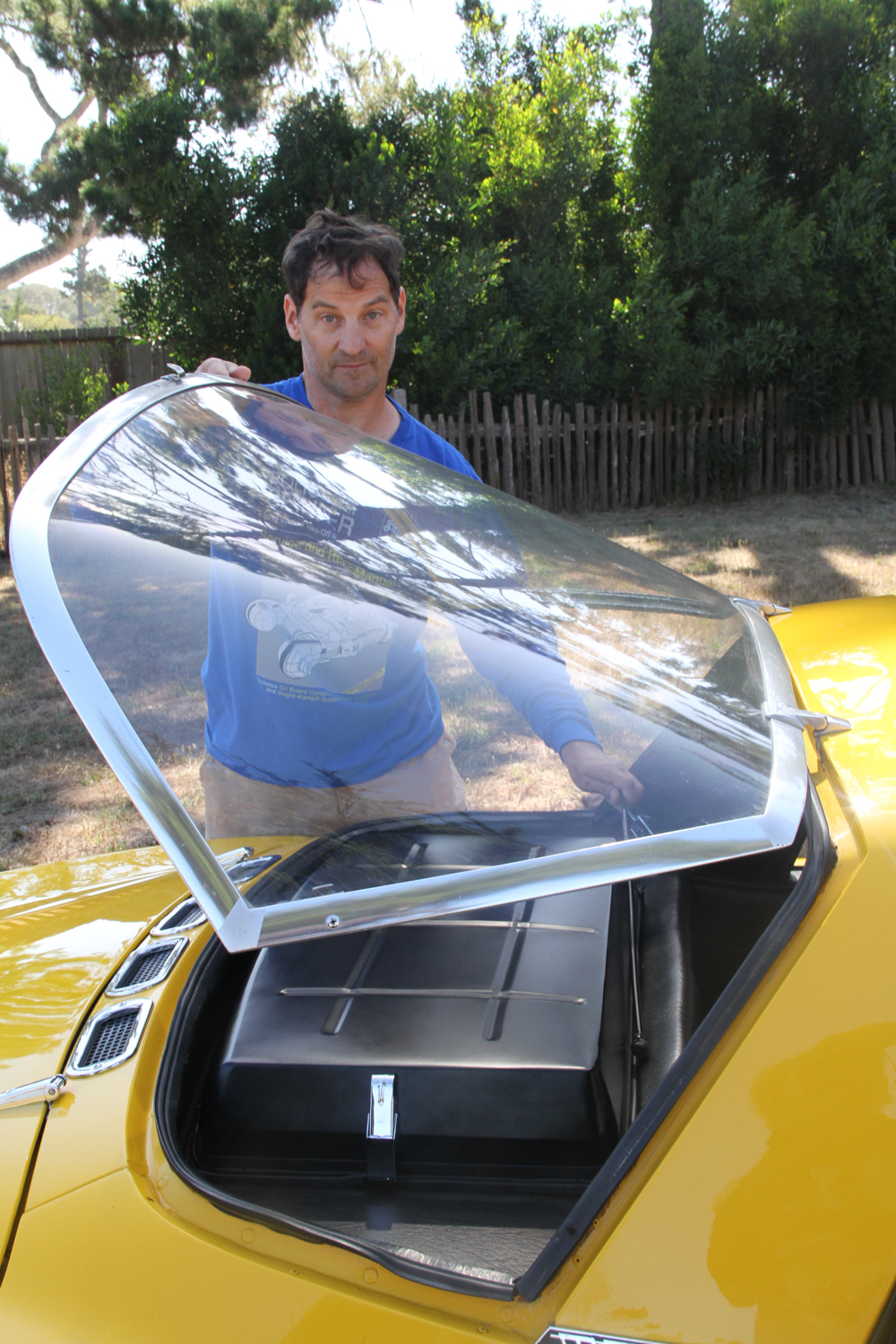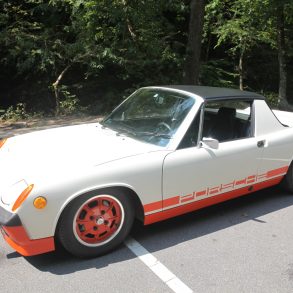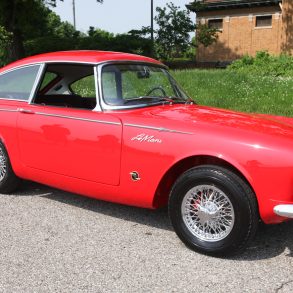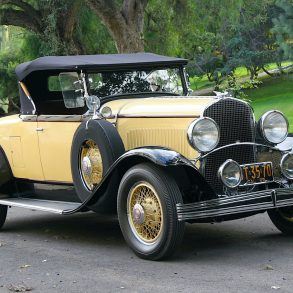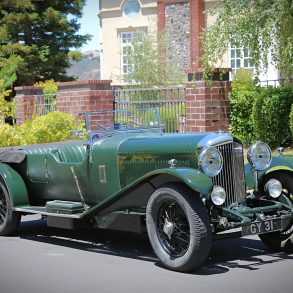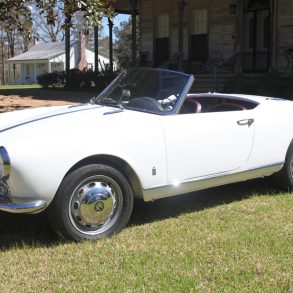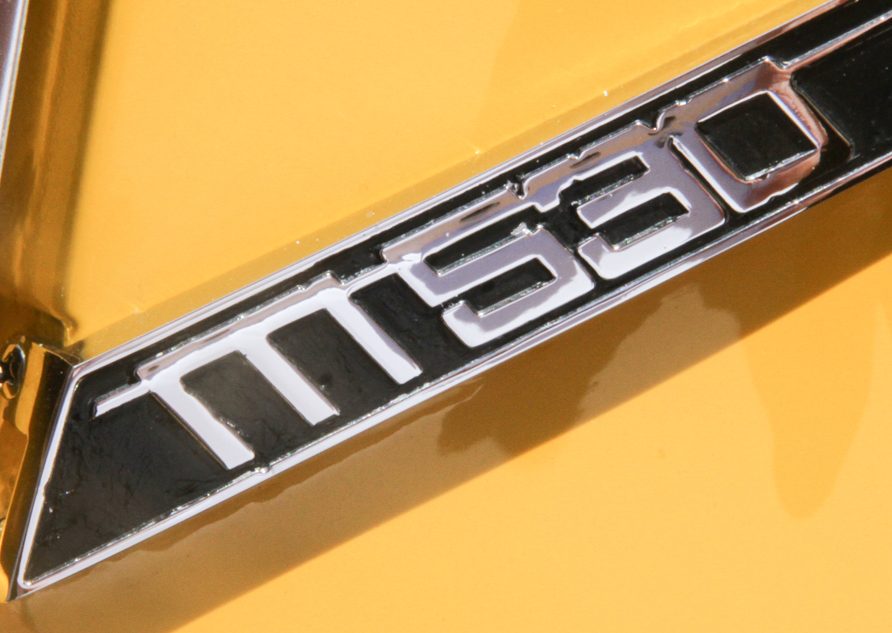
Early History of Matra
In 1945, Matra (Mécanique Aviation TRAction) was founded. The new French company’s first project was participating in the development of an advanced twin-engine aircraft, constructed to be the fastest prop-driven plane in the world. In 1951, a plane using a Matra-built engine succeeded in breaking the sound barrier in Europe for the first time. Later on, Matra was selected to be the first prime contractor for satellites in France and became involved in the early European space program in 1961. French businessman Jean-Luc Lagardere became the CEO of Matra in 1961. At the time of Lagardere’s appointment, Matra had about 1,450 employees.
In 1964, Matra acquired car manufacturer Automobiles René Bonnet, who produced light-weight, front-wheel drive and mid-engine sports cars with very aerodynamic fiberglass bodies mainly powered by upgraded Renault engines.
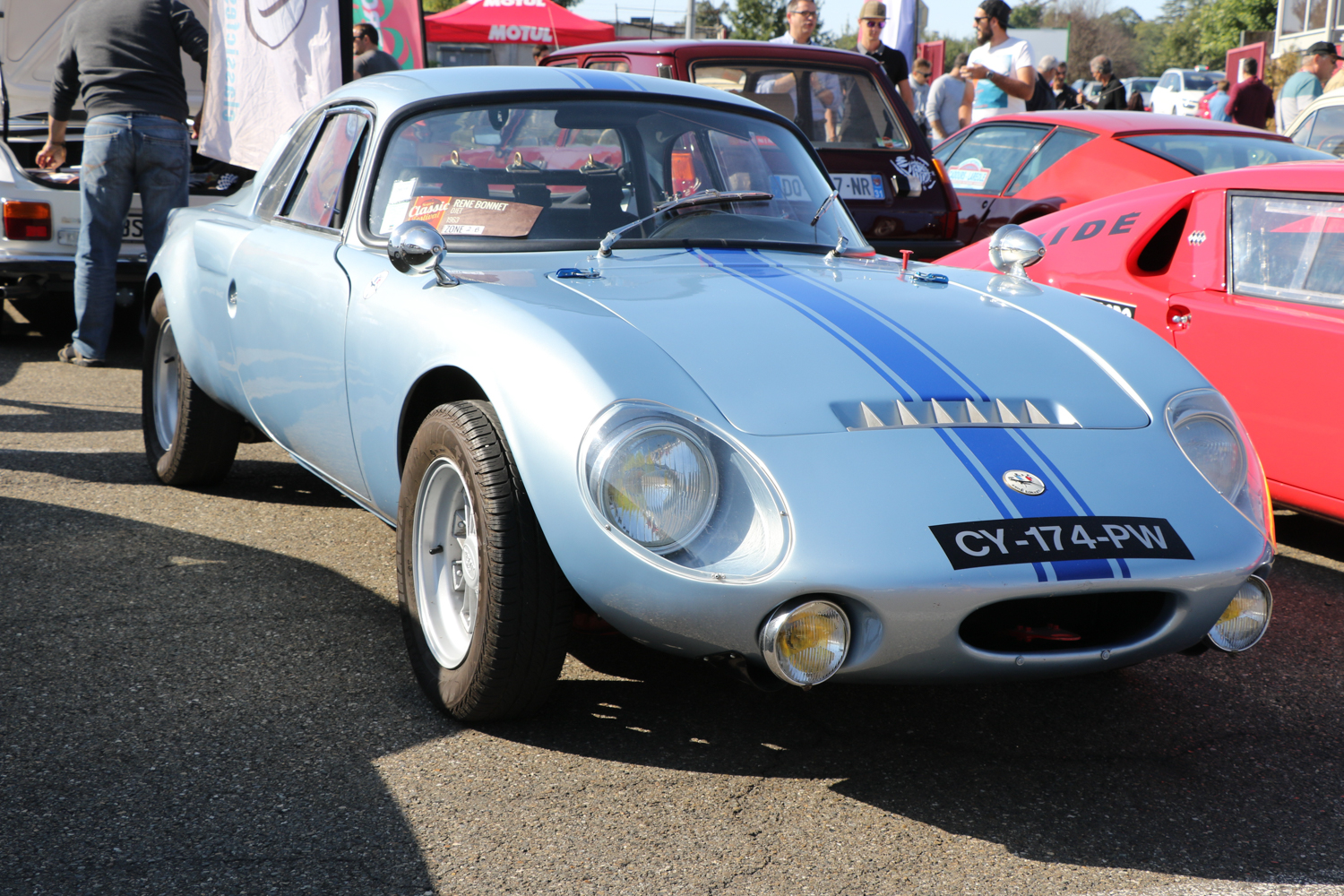
Back in 1962, René Bonnet debuted its Djet (pronounced jet) model, (generally considered by today’s collectors as a Matra). 198 Bonnet Djets were sold between 1962 and 1964 the majority of which were the 65-hp base-model “Djet I”. The company maintained a racing team, entering in the Le Mans 24 Hours race in 1962, 1963, and 1964. Focusing on the racing team was expensive and may have contributed to the company’s cash flow problems, resulting in poor retail sales during this period, as their cash was running out.
Matra Gets in the Car Business
Rene Bonnet worked increasingly close with its principal investor Matra. Although Matra was busy with defense contracts, they were also very interested in the future of fiberglass technology, in which Bonnet was a pioneer. A former fighter pilot and national politician named André Moynet had an important role in bringing Bonnet’s business and Matra together. Matra’s swiftly developed partnership with René Bonnet’s automobile manufacturing firm was the beginning of what would become the Matra Automobile Division in October 1964.
For a time, Matra was largely centered around its vehicle division, Matra Automobiles.
The first road car marketed as Matra was the Renault-powered Matra Djet, which was a revised version of the Bonnet Jet. An additional 1,491 cars would be sold as “Matra Djets” between 1965 and 1968. The earlier Rene Bonnet-based cars (Missile and Le Mans) were discontinued after Matra assumed ownership.
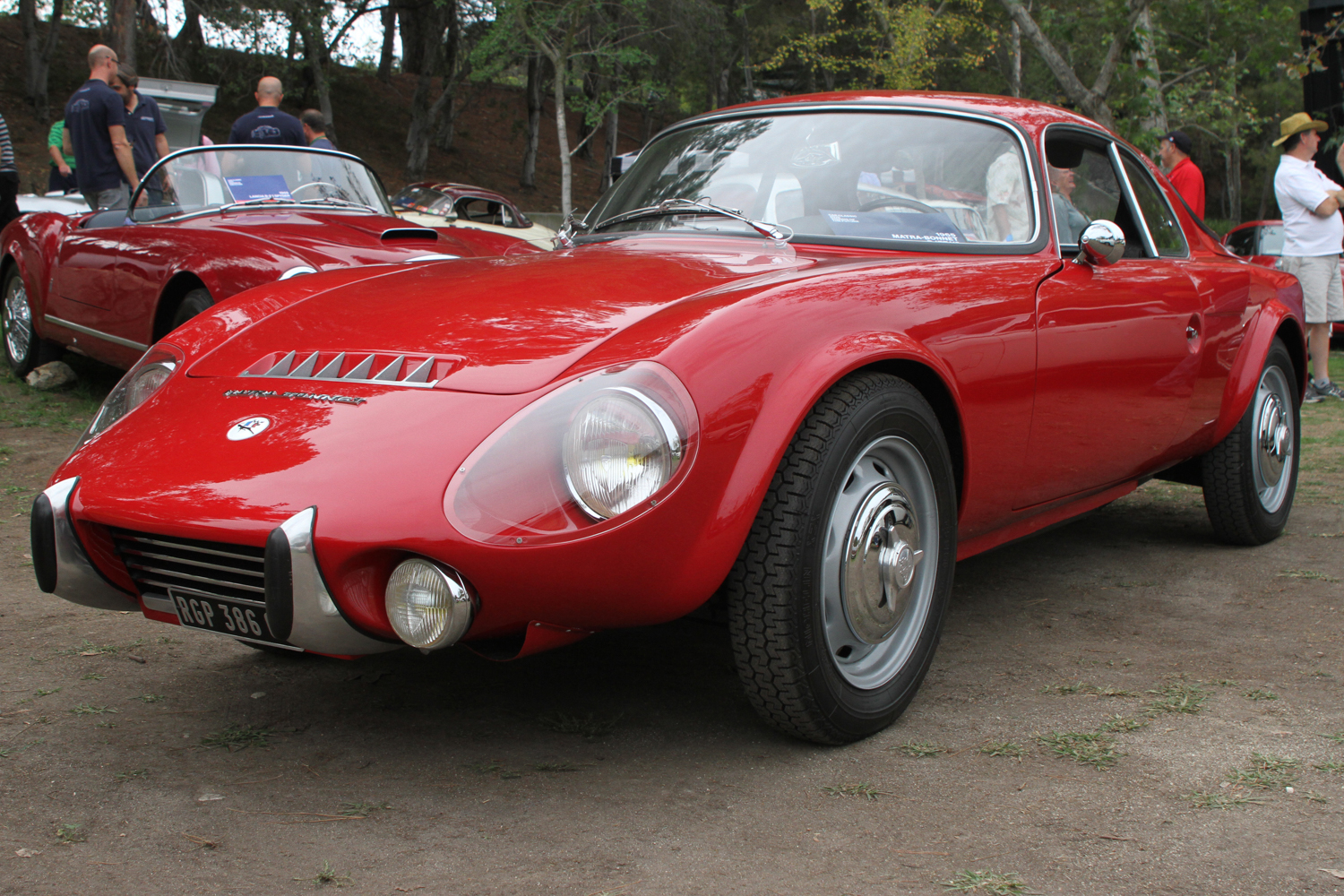
In 1965, Matra began development on a successor to the Matra Djet. A fresh and modern road car design was needed that could be marketed to the non-racing public – or voiture des copains (car for chums). This would be the first sports car engineered and designed by Matra and not by Djet designer René Bonnet. Designed by former Simca designer Philippe Guédon, the new sports car was named after Matra’s R.530 missile and officially called the Matra M530.
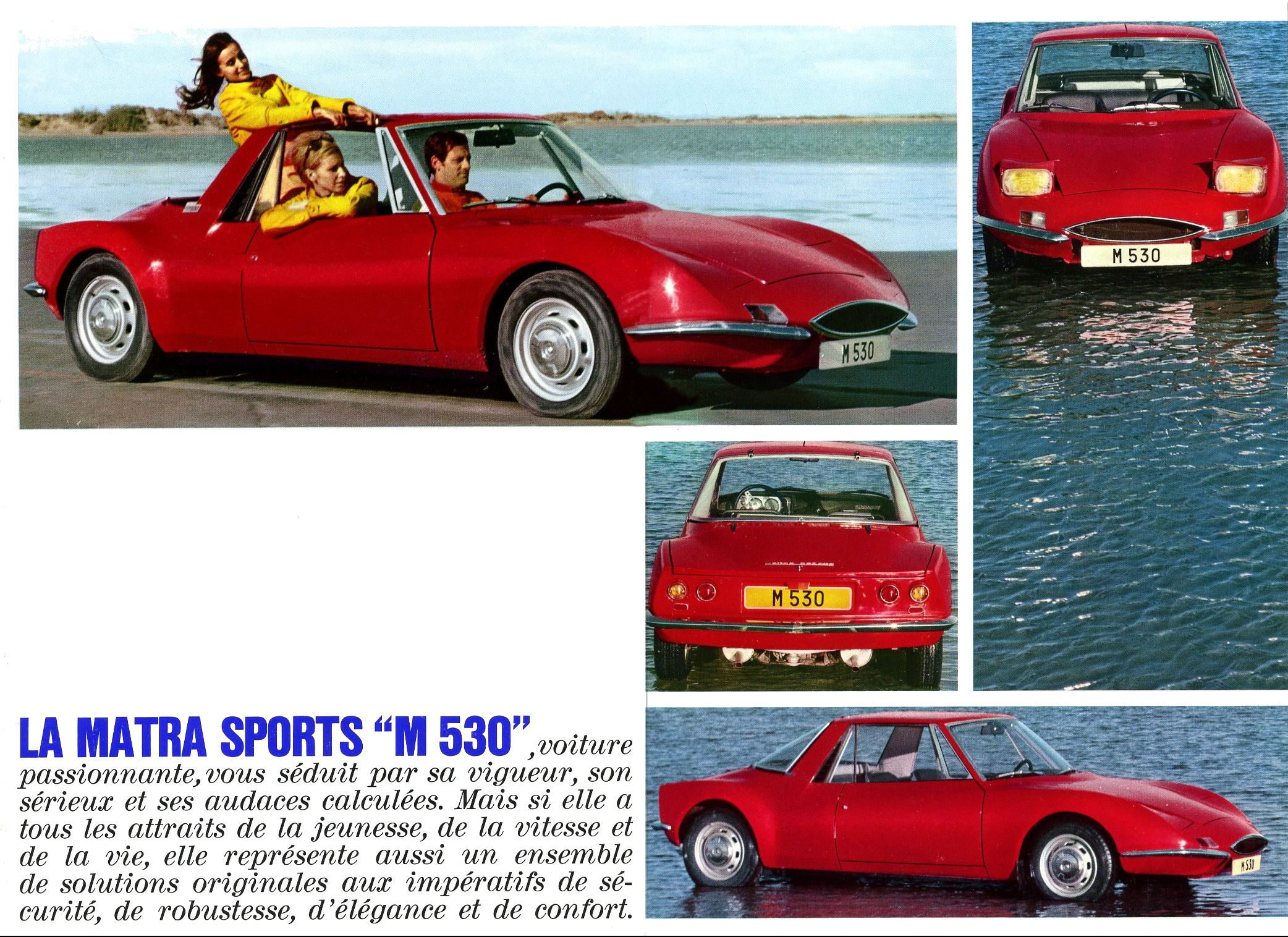

The M530 was constructed on a steel frame with polyester body and a mid-engine layout similar its Djet predecessor. In order to accommodate 2+2 seating, a mid-mounted engine and a reasonable amount of trunk space, several different engine options were considered by Matra engineers. The drivetrain that was eventually chosen was sourced from Ford in Germany, which was the “high compression” 1699-cc Ford Taunus V4 engine, as well as a gearbox from the Taunus 15M TS. This combination would make the production car capable of a top speed of 109 mph. This combination was also close-packaged enough to fit between the rear seats and the trunk.
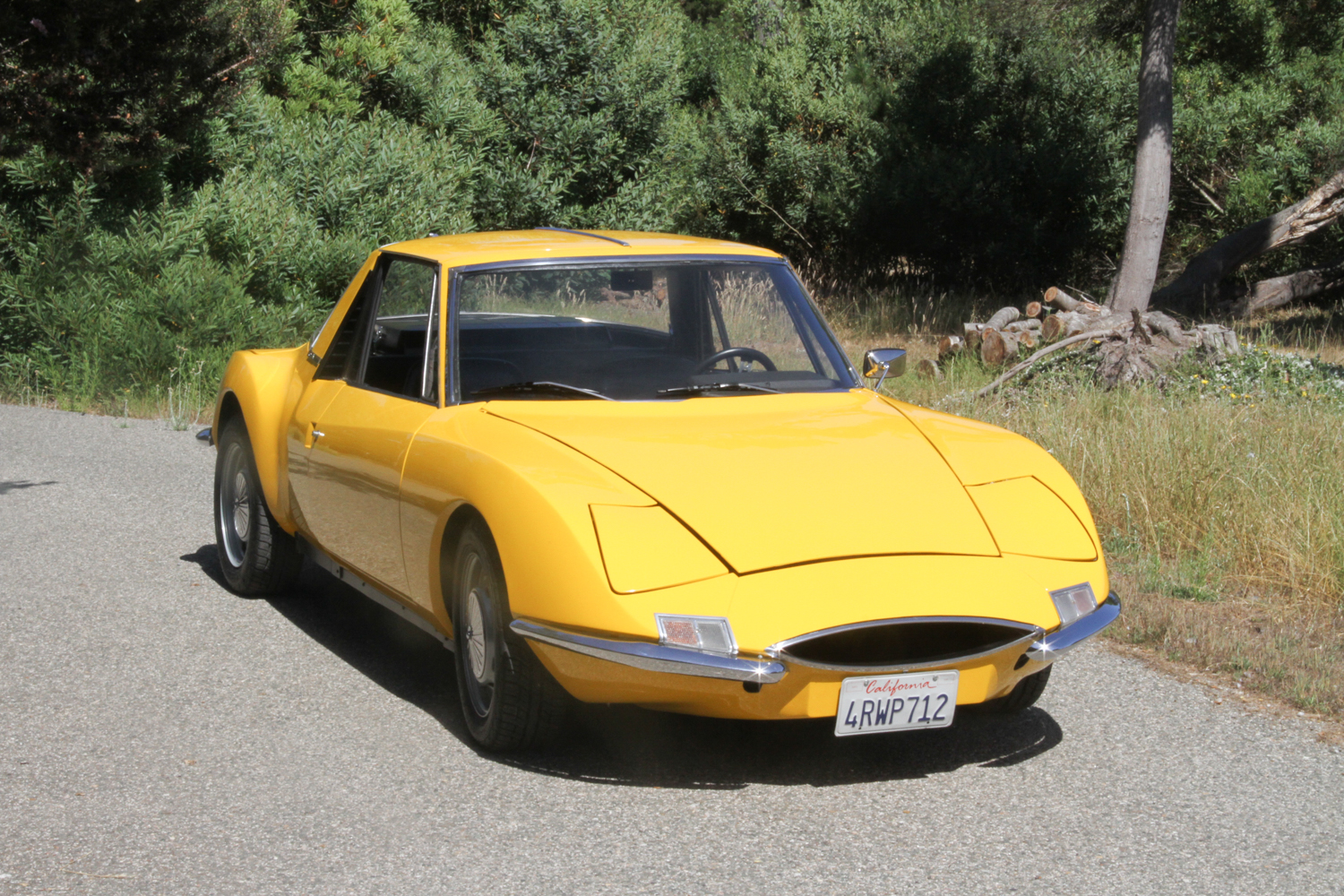
The first 530 (badged Matra Sports M530A) was debuted to the public on March 7, 1967 at the Geneva Motor Show. Production commenced a month later, incorporating modifications which included the addition of a chrome bumper bar to provide much-needed protection from parking hazards for the front grill, a modification of the dashboard to give the passenger slightly more knee room, and the repositioning of the ignition key for more accessibility. For the first two production years, the chassis was constructed by Carrier in Alençon, with the assembly work being done by French coachbuilder Brissonneau et Lotz at Creil. An interesting quirk of the early 530 model was that accessing the engine bay could only be done by removing the acrylic glass rear window.
Other unique features of the M530 are the mechanically pedal operated pop-up headlights and the two-piece removeable targa top. The styling was unusual to say the least and considered avant-garde for the time.

French artist Sonia Delaunay painted a 530A at the special request of Matra’s CEO Jean-Luc Lagardère in 1968. That same year Carrozzeria Alfredo Vignale presented a custom bodied 530 coupé at the Geneva show (the car would appear again in Turin with some modifications and a different paint scheme).
Matra Motorsports

Matra’s CEO Jean-Luc Lagardére, recognizing the promotion value of the motorsport sector for garnering sales, decided that the company ought to be involved, leading to the creation of Equipe Matra Sports, which entered the French Formula 3 during 1965.
Throughout the mid-1960s, Matra enjoyed considerable success in Formula 3 and Formula 2 racing with its MS5 monocoque-based car, winning both the French and European championships. Matra competed as a constructor in Formula One from 1967 to 1972 and as an engine supplier between 1975 to 1982, winning the drivers’ and constructors’ championships in 1969.
Those familiar with Formula 1 history may know that Lotus adopted aviation engineering principles to build racecars. Not to take away from Colin Chapman’s winning ingenuity… but Matra was about to do in a few short years, what took everyone else decades to accomplish. As soon as Matra began building formula cars they immediately started to dominate in the lower F2 and F3 series with their fantastic monocoque chassis designs. In 1968, they took the big step up to Formula 1 and secured Jackie Stewart behind the wheel. After nearly winning the Formula 1 championship in their rookie year, they dominated and took victory the following year—rather remarkable after just two years in F1. It was the first time a French-built car had ever won a modern Grand Prix much less the championship, and gave Jackie Stewart his first drivers’ championship.
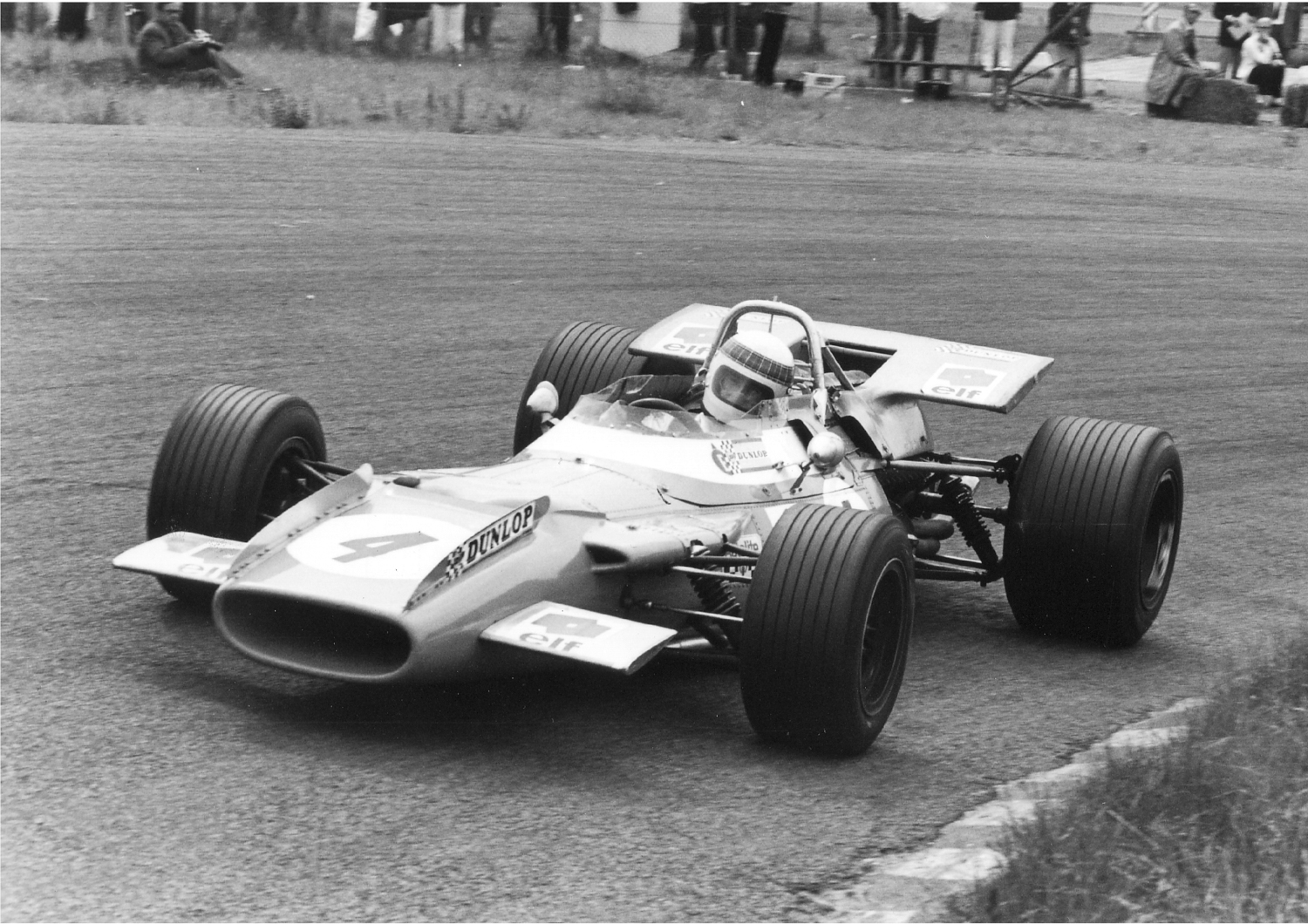
The next year, 1970 saw the introduction of the glorious Matra V12 engine. While that beast of an engine didn’t suit the Grand Prix sprint style racing, it happened to pack very nicely into Matra’s sports prototype race cars. Having been victorious all over the world in sports car racing, it was time to make a serious effort at Le Mans: enter the mighty Matra MS670. With its aggressive open top design, that fabulously engineered V12 in the back, and Matra’s now world famous monocoque designs, the MS670 was unstoppable, ending Porsche’s winning streak and defeating Ferrari, not once, not twice, but three years in row (1972-1974). Matra also took the World Championship for Makes in 1973 and 1974.
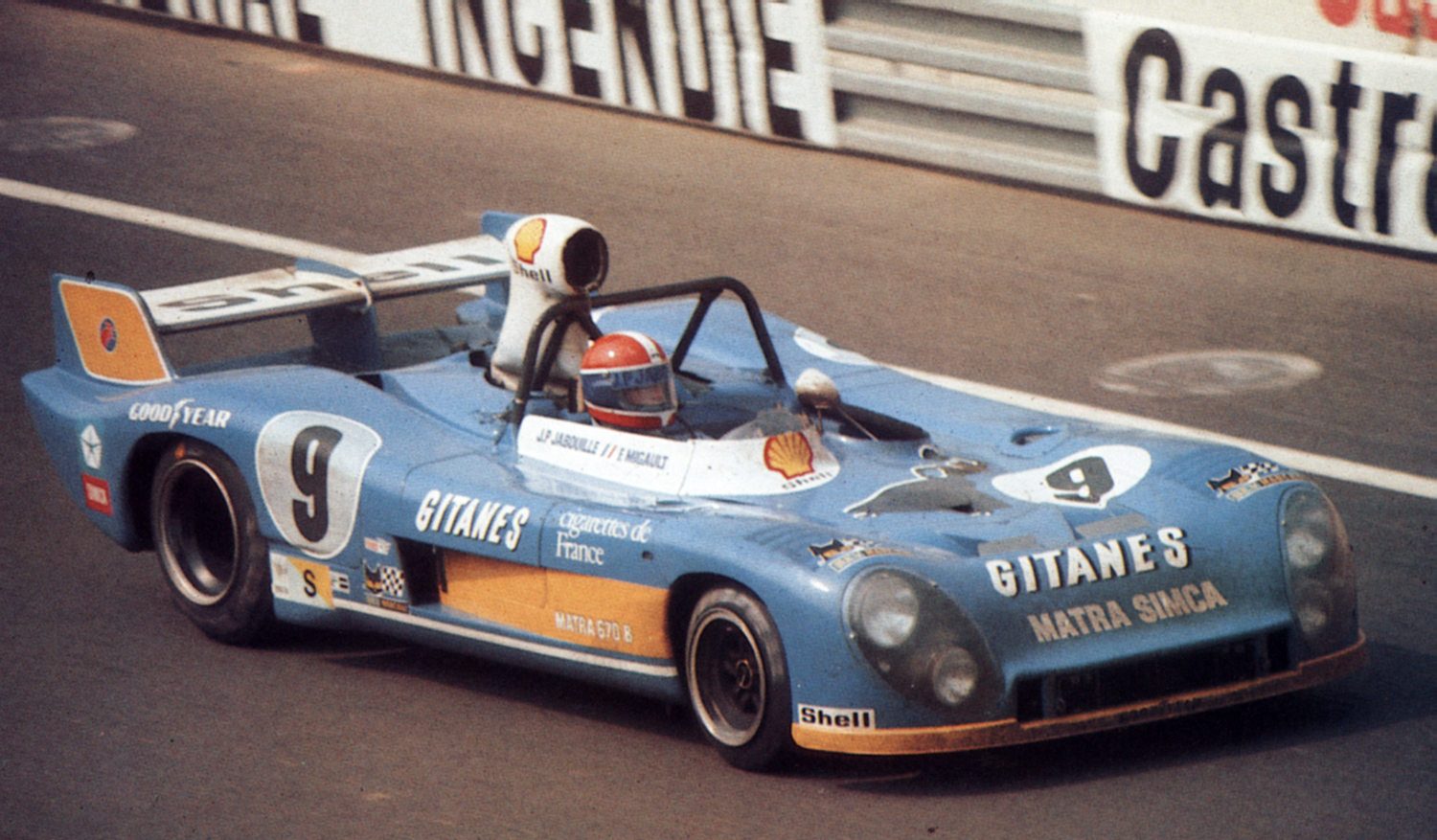
France and Matra in just 6 short years had beaten everyone at their own game, won the Formula 1 championship, dominated Le Mans, and racked up countless victories along the way. French national pride had been restored. Interestingly, at the end of the 1974 season, Matra announced that it had decided to withdraw from all participation in motorsports.
This Car
This 1969 Matra M530 was part of well-known Southern California collector Bruce Milner’s collection, who acquired the car about 25 years ago from a broker in Texas. It sat in disrepair as part of his collection for over a decade before it was restored about 10 years ago. It’s current owner, Rodney Grabinski, purchased it in the summer of 2018.

“It needed a lot of sorting to get it running well,” Grabinski recalls. “Electrical faults, carburetion and ignition issues, exhaust header repairs, clutch hydraulics replaced, it needed tires (that sounds easy… it is not!) water pump, etc.. Mostly all the sorting from a freshly assembled car that was never done because he never really drove it other than around the block occasionally.”
“I had been looking for a vintage car for some time and nearly bought a range of cars, Elan, Elite, Montreal, Junior Z. – nothing really came together. When I came across the Matra that Bruce listed on BaT, I just connected with it. I knew about Matra, the M530 vaguely, and while doing more research learned more and more about Matra and the M530. I become more and more entranced with the history, innovation and their racing successes. I just had to have it and I was high bidder but at RNM. Bruce and I stayed in touch for about year until we finally struck a deal and trailered the car home to San Diego and went about getting it ready to take up to Monterey. I was supposed to be there in 2018 but there was just too much to get the car suitable for the 500-mile drive and there was no way I was going to trailer queen it up and back, I wanted to drive it the whole way. So, 2019 is when the car and I made it. That drive up and down the coast – Big Sur, Carmel on the Avenue – is the big trip. I take it to our local “cars and coffee” in Rancho Santa Fe and we have various weekend drives to the canyon and mountains and will take it to local wineries. I’m not all that much into the car show scene – I like to drive and enjoy it.”
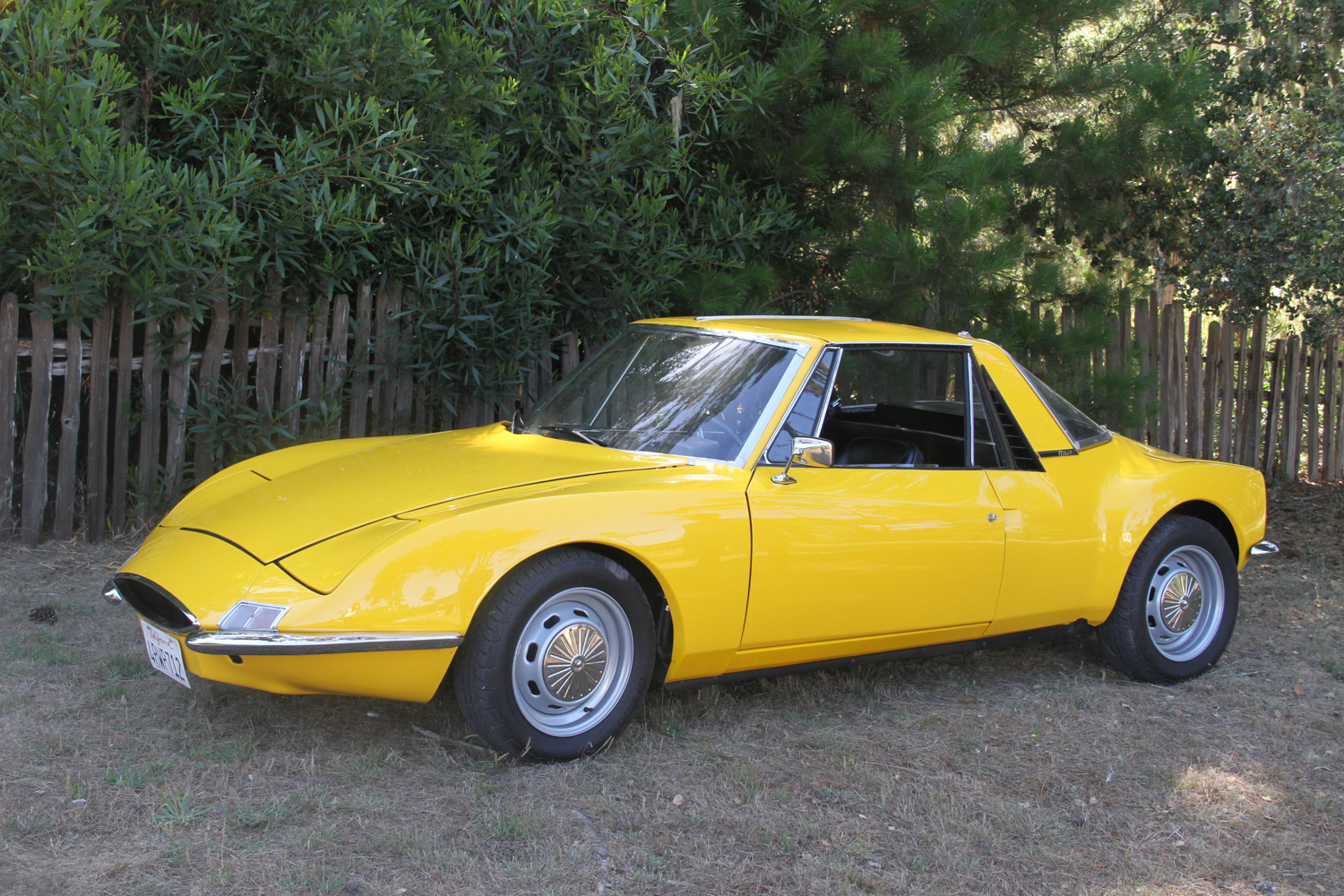
To own a car like a Matra, it helps to have a sense of humor, which Grabinski does. When asked what sort of reaction he’d get when people saw it for the first time, he said “People see the car and say ‘What IS that?… that is just… umm wow, ok… it’s so ugly!… amazing!… honey hide the children!’. After the spectrum of wild comments work their way out of bystanders pointed fingers, gapping mouths, and bugged out eyeballs the inevitable question is always “Why?”. Why did you buy that …thing?”
When asked to explain why he wanted to own such a car, his explanation was passionate and enthusiastic. “‘Why Buy a Matra?’ the better question is why doesn’t every sports car and racing enthusiast want a Matra? So, when a car built by one of the world’s greatest racing marques appeared on the auction website Bring a Trailer, I had to have it. This was my chance to scratch that vintage car itch and have a part of history too. This particular car was also a 1969, the same year and factory that built Jackie Stewart’s championship car. I like to imagine Jackie Stewart, walking past the parts of my very car on some disorganized French assembly line on his way to see the updates for his next racecar in the race factory. I own and race vintage formula cars, spent years working in engineering, I love old cars, and come from a family of artists. This Matra M530 is everything I could want. Style? Excessive. Brand History? Epic. Engineering? Cutting edge. Affordable? Check and take my money please.”
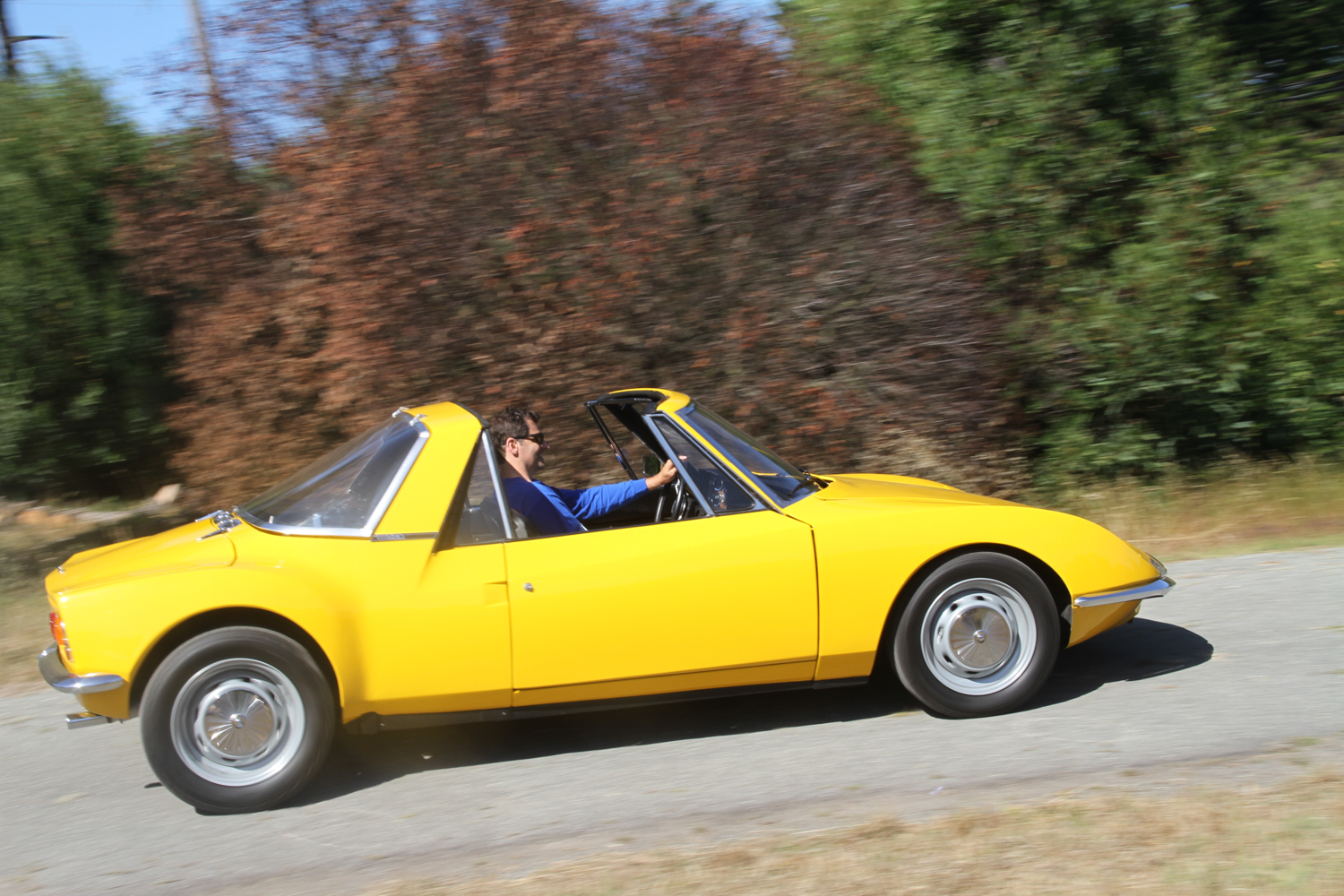
“I enjoy displaying the car, talking with everyone about it and being a sort of self-proclaimed Matra spokesperson. I’ve noticed that if someone hangs around long enough, even those with initial negative opinions about the car, they start to develop more of an acquired taste about it. They notice the clever door handles, curious about how you get to the engine, or even where the darn engine is? What’s under the hood then? What are those holes for? That oval steering wheel, what does that 4th pedal do? It is like a mystery novel and each chapter is another twist and turn of the story towards the surprise ending of ‘very cool car’. The car is an event, not a dramatic rock concert type event, more like a stroll through a museum with a quartet playing event. Satisfyingly challenging and memorable. I wanted the car because Matra fulfilled history with the greatest racing championships in the world. What I didn’t realize is that they knew more about life than just racing, and built a car to fulfill that too.”
Driving Impressions
Gabinski is an accomplished Formula Ford and Formula B racer. In 2013, he placed overall 2nd place Club Ford with “Formula Ford the Series”, and won the Bill Breach Memorial trophy in 2014, the Vintage Auto Racing Association Champion Modern Formula Ford and the Formula Ford Drivers Club Champion Modern Formula Ford in 2019. He recently acquired an historic Brabham BT29 to race in as well.
“If anyone survives the visual onslaught of my car, and the subsequent history lessons, the conversation turns from what is wrong with you dear sir? To what is it like to drive? The answer should surprise no one – it is Matra – the handling is sublime. The seating position and large windows gives a commanding view of the road all around, and the race winning pedigree is evident. Fast sweeper? Don’t lift, just delicately turn the (weird, of course) oval steering wheel in and the chassis gently loads up the wheels that need the grip the corner apex, settling back down on exit. When you need to clamp on the brakes, the car rewards a finessed aggression. Brake late, the car transfers weight onto the front wheels to turn in with more speed than you first judge.
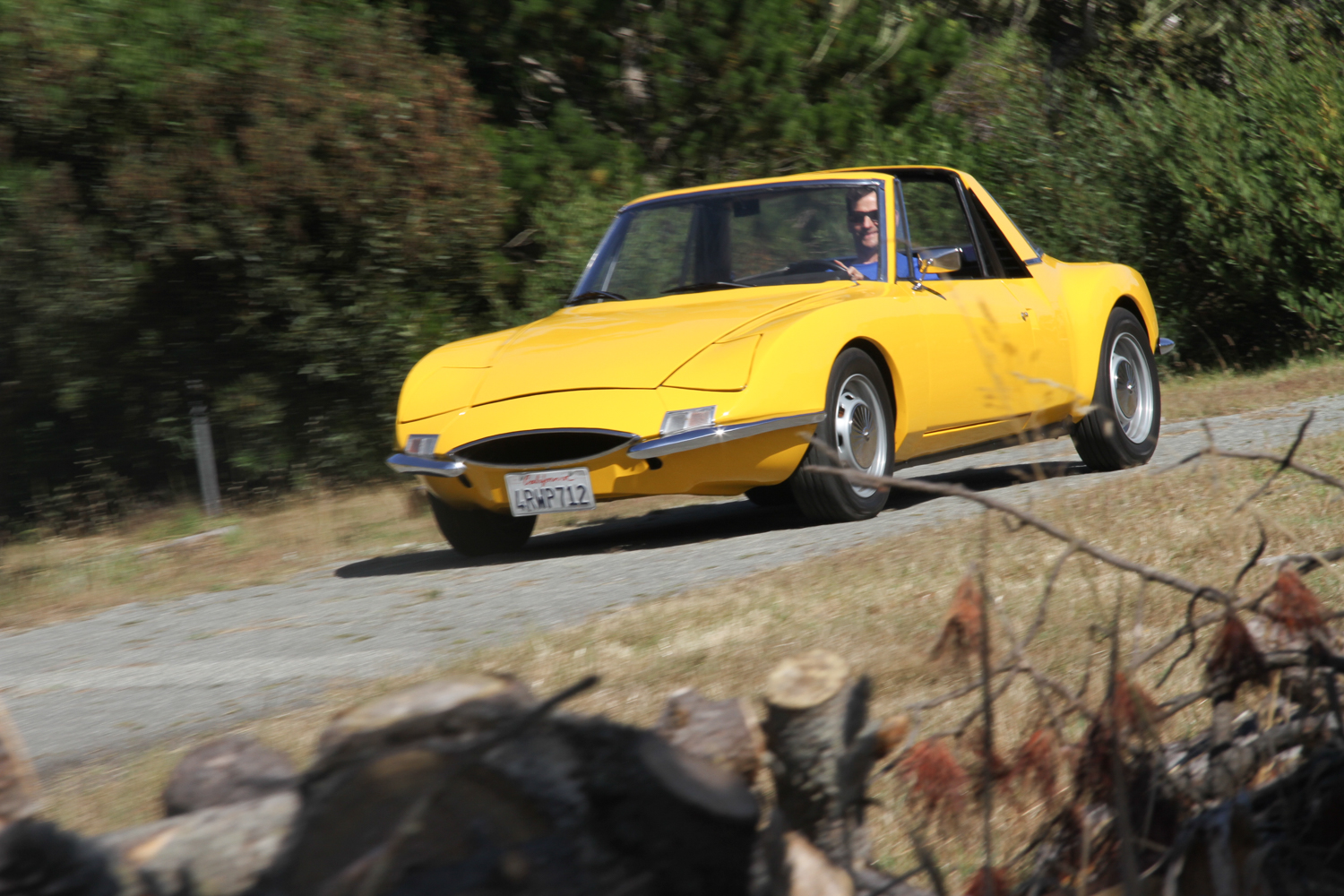
“The Matra engineers, 50 years later are still trying to teach you how to drive smoother and faster. Jump on the throttle and you hear everything from that funky Ford V4 engine that is literally in the cabin with you, covered up by what is essentially half a briefcase. Everyman’s sports cars of this era were never meant to be powerful – they were meant to be pleasurable, capable, affordable, usable. Nothing could be better than the M530 with its lift back rear ‘glass’ (its polycarbonate, again because Matra!), giving access to the engine and back seats. Perfect for a weekend getaway in the countryside, The Matra M530 has a strange magical way of making you like your destination more because of the experience getting there.”
Matra Epilog
The Bagheera was released as a 1974 model-year car, with production continuing until 1980. The Matra Murena was another mid-engined, rear wheel drive sports car that was produced from 1980 through 1983. During the early 1970s, Matra sold its car division to Chrysler Europe. Matra Automobiles was subsequently sold by Chrysler Europe to Peugeot. In 1983, Lagardere arranged to buy the division back. Shortly thereafter, a partnership was formed between Matra and Renault, resulting in the development of the Espace minivan.
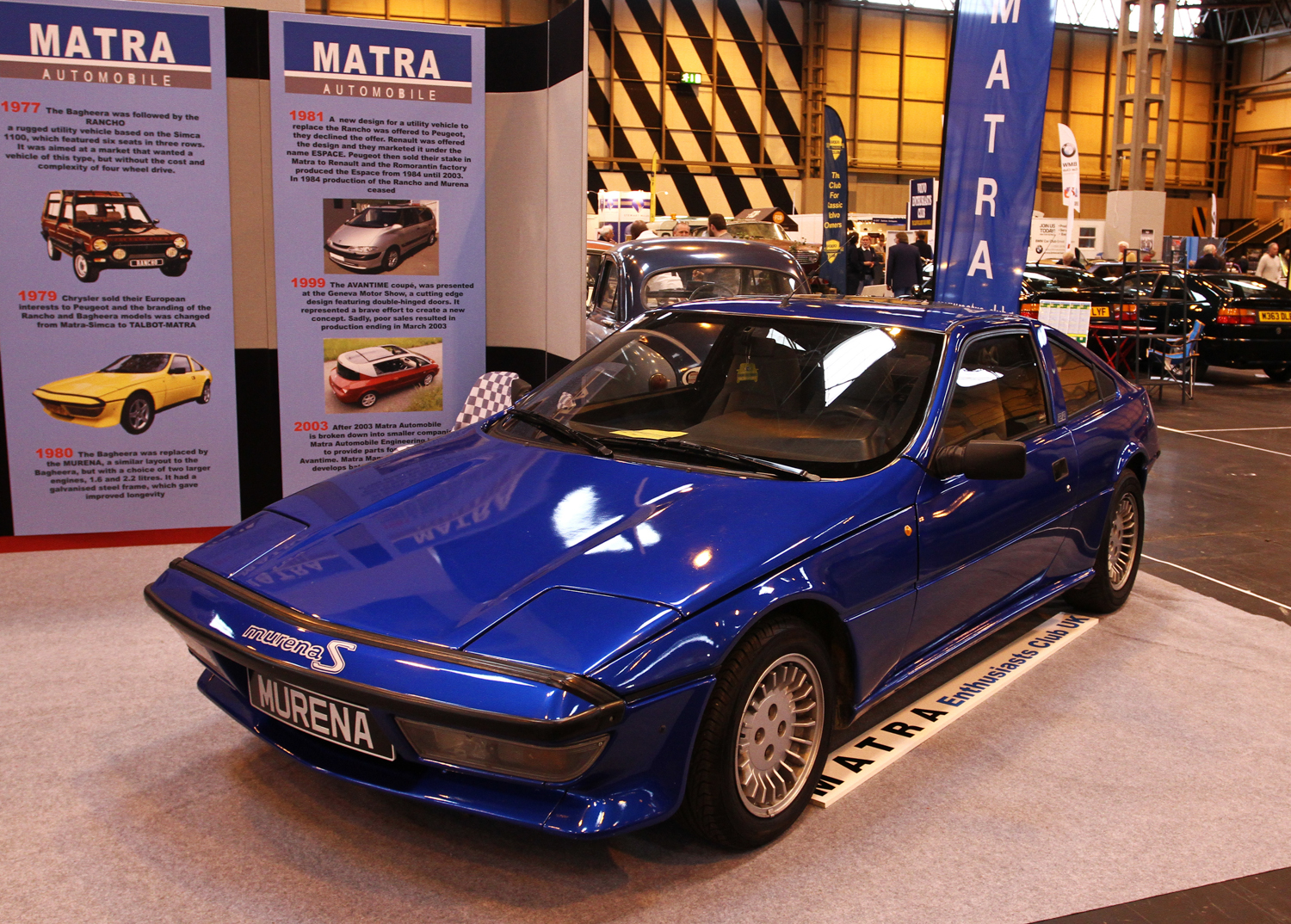
During 2001, production of the Renault Avantime, which was co-designed and built by Matra Automobiles begain, however it was not a sales success and was widely regarded as a failure. By the early 2000s, Matra was reportedly preparing to end its involvement with the automotive industry. Following the discontinuation of the Avantime, on 27 February 2003, Matra Automobiles announced it was closing its Romorantin car factory just one month later. The dismantling of the division was necessitated by Matra Automobiles having been declared bankrupt.
During September 2003, Pininfarina SpA acquired Matra Automobile’s engineering, testing and prototype businesses and the company was renamed Matra Automobile Engineering. In January of 2009, Pininfarina sold its share in Matra Automobile Engineering to Segula Technologies.
